Fiction
(in no order)
Kay Gabriel A QUEEN IN BUCKS COUNTY (nightboat)

Hesse K. DISQUIET DRIVE (Pilot Press)
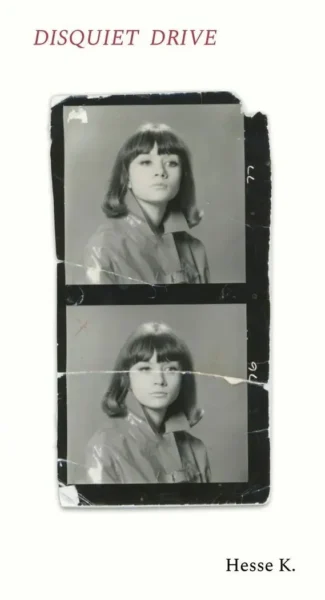
Navid Sinaki MEDUSA OF THE ROSES (Grove Atlantic)

Lauren Cook SEX GOBLIN (nightboat)
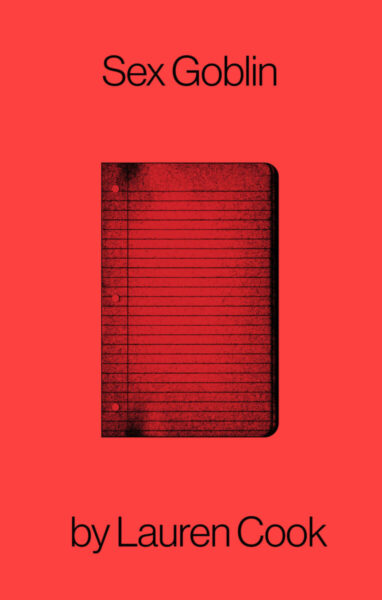
Juliet Escoria YOU ARE THE SNAKE (Soft Skull)

Kristen Felicetti LOG OFF (Shabby Doll House)

David Kuhnlein BLOODLETTER (Amphetamine Sulphate)

Valerie Werder THIEVES (Fence Books)
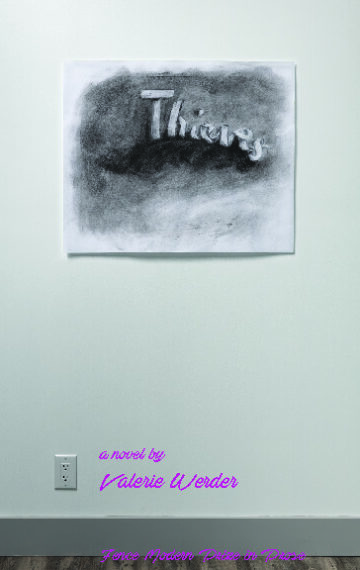
Snatch Wylden SLASHER REDUXXX (Cloak)
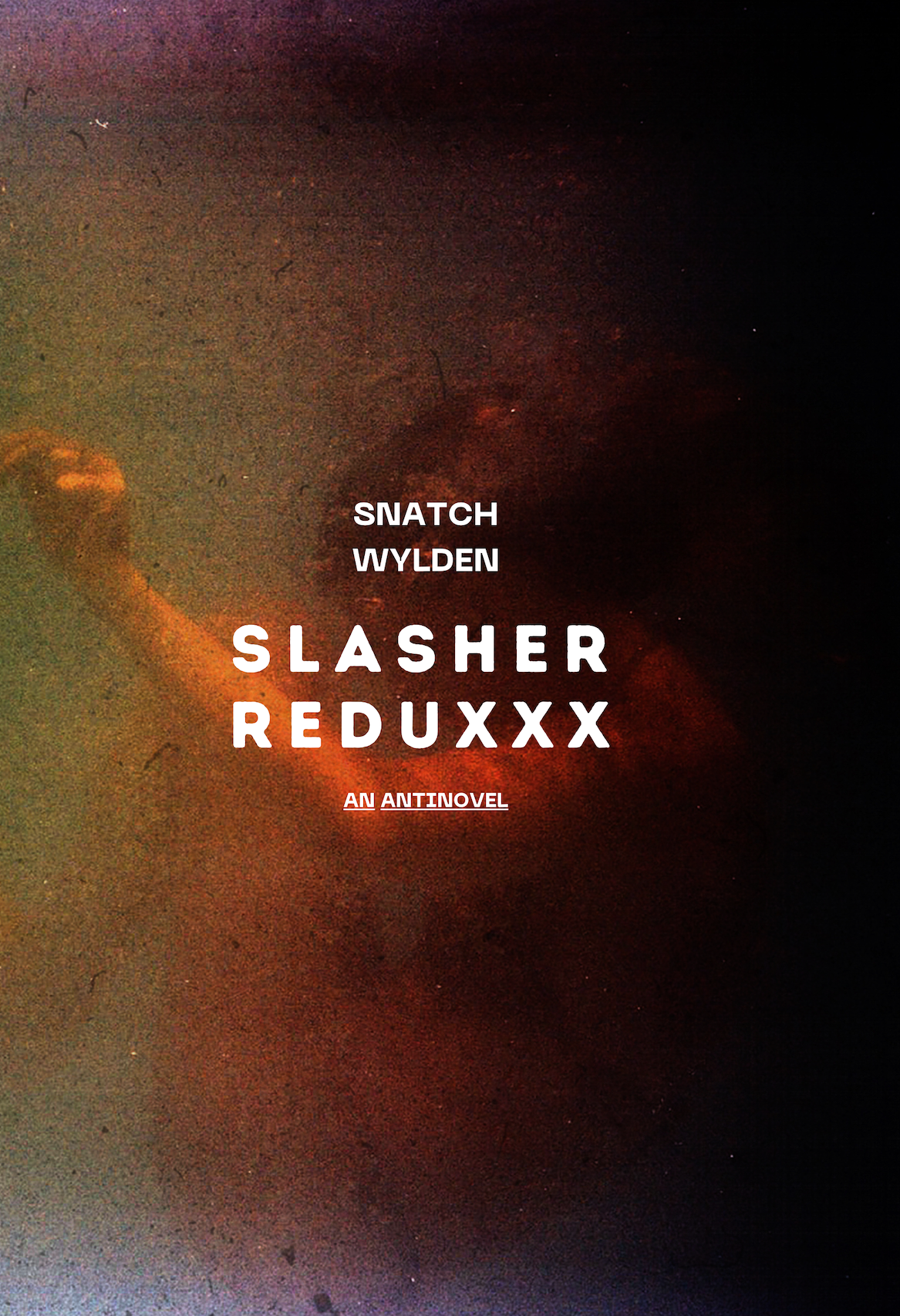
Estelle Hoy SAKE BLUE (After8 Books)
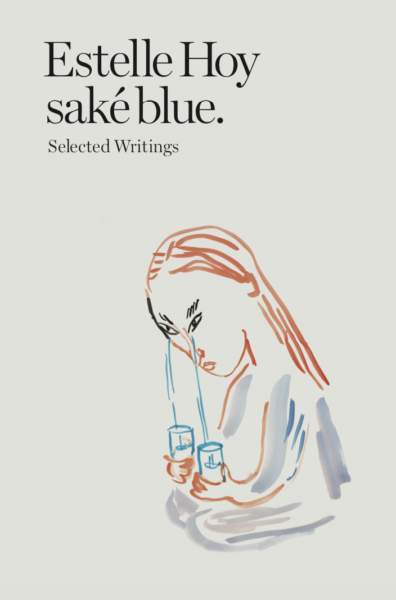
Danielle Dutton PRAIRIE, DRESSES, ART, OTHER (Coffee House Press)
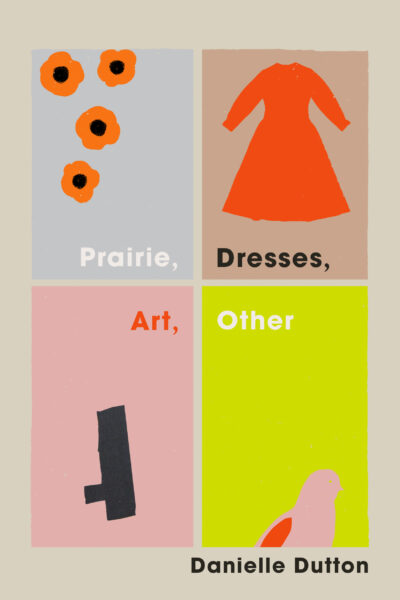
Grant Maierhofer PISSANT… BIB… DOLLAR TREE PARTS… WE SHOULD BECOME THE PITILESS CENSORS OF OURSELVES… (Inside the Castle)
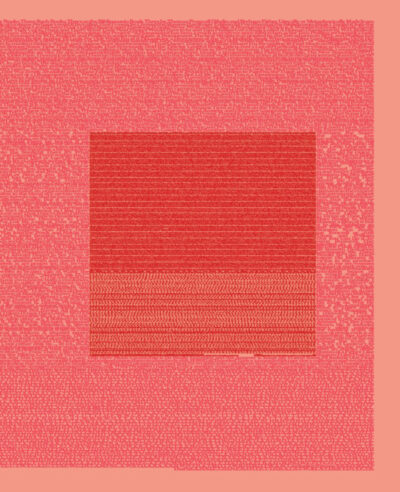
Max Restaino COYOTE (Amphetamine Sulphate)

1-wing 2can, et al 2-BYTE βETA Ei8ht ½-LOOPƨ (Calamari Press)

Jeremy Kitchen MR. CRABBY YOU HAVE DIED (First to Knock)

Katharine Haake WHAT HAPPENED WAS (11:11 Press)
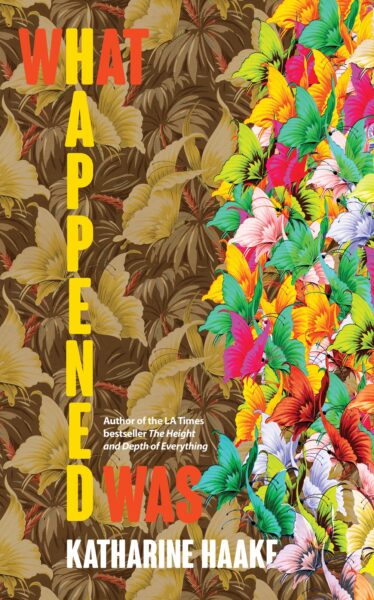
David Leo Rice THE BERLIN WALL (Whisk(e)y Tit)
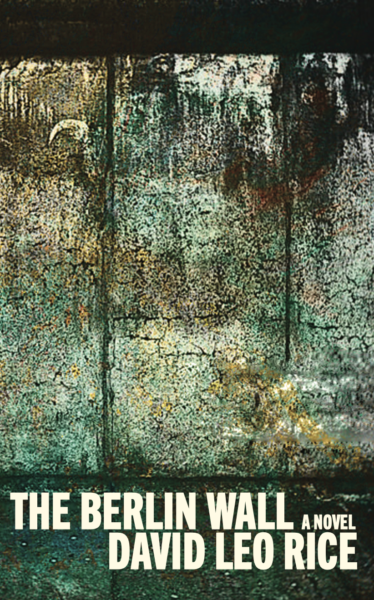
Fernando Pessoa A VERY ORIGINAL DINNER (Sublunary Editions)
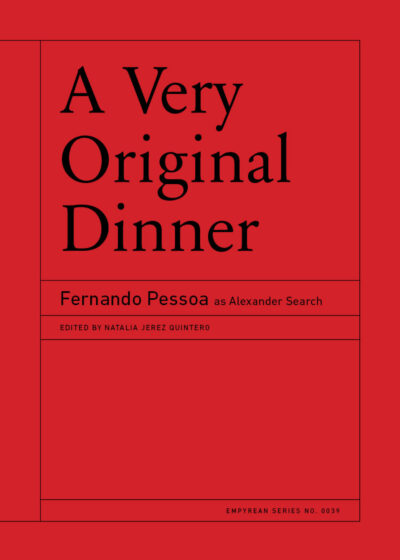
Stacey Levine MICE (Verse Chorus Press)
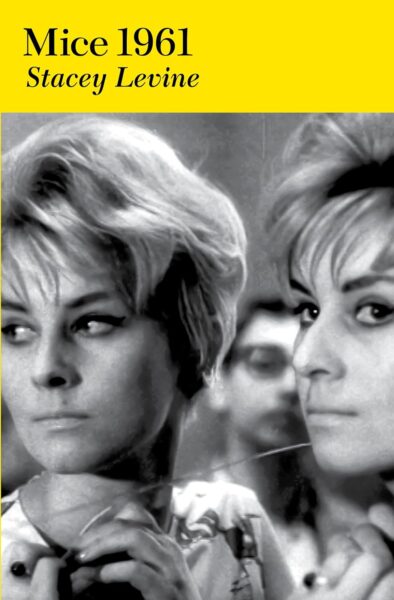
Christopher Owens “DETHRONE GOD” (Sweat Drenched Press)
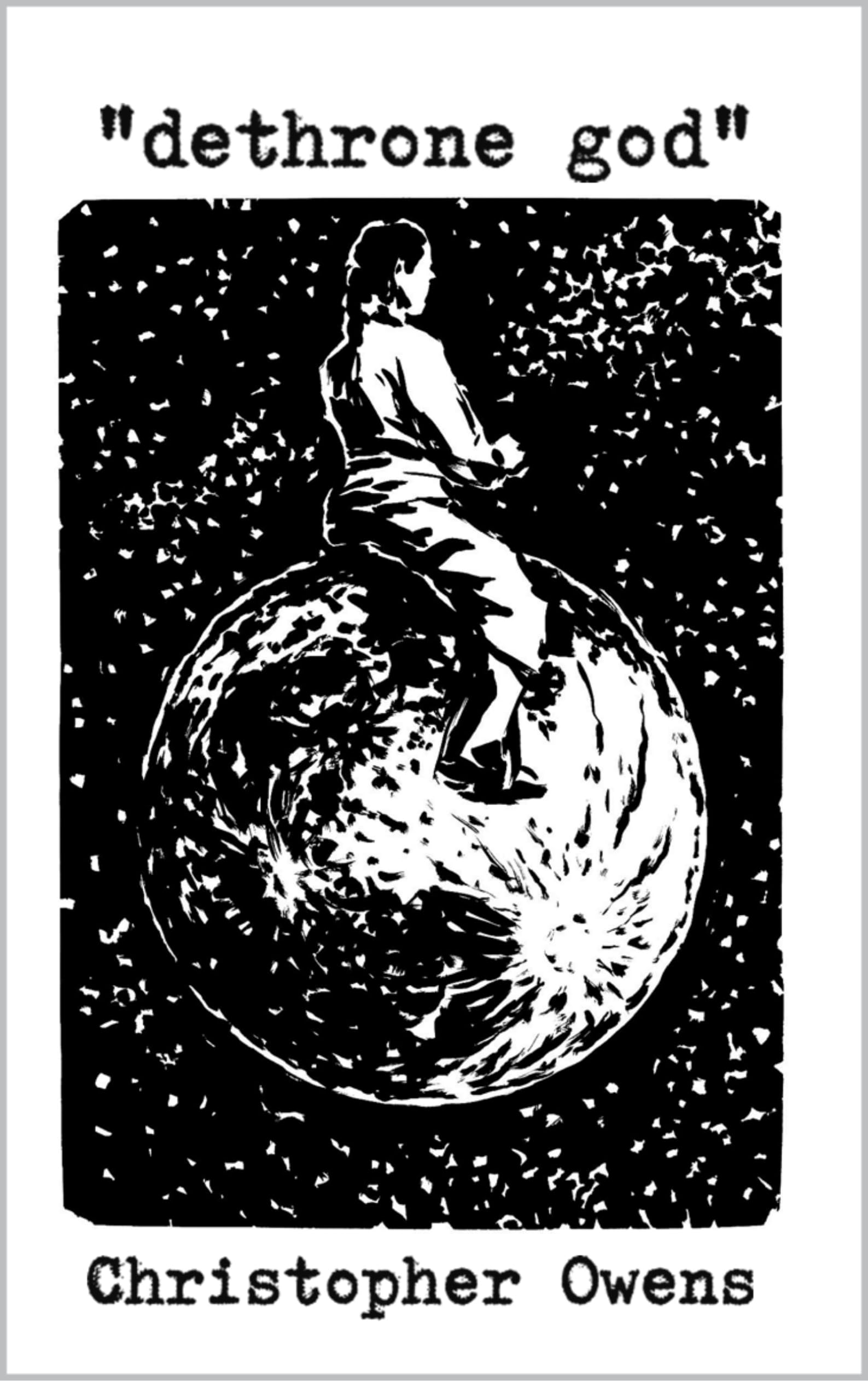
Zebulon House THE PSYCHIC SURGEON ASSISTS (Calamari Press)
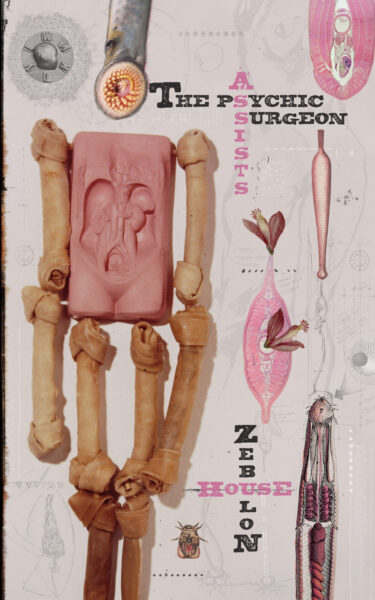
Charlene Elsby VIOLENT FACULTIES (Clash Books)
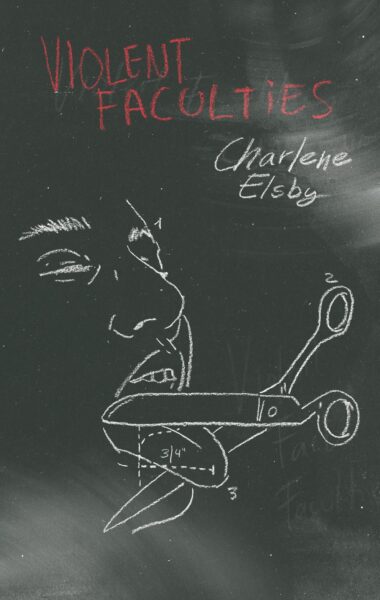
Logan Berry ULTRATHEATRE: VOLUME 1 (11:11 Press)

Poetry
(in no order)
Joyelle McSweeney DEATH STYLES (nightboat)
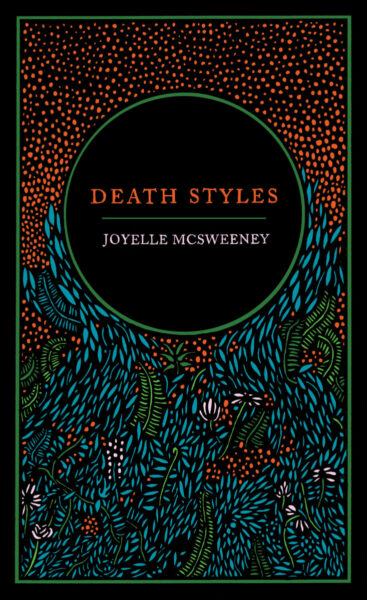
Emily Hunt STRANGER (The Song Cave)
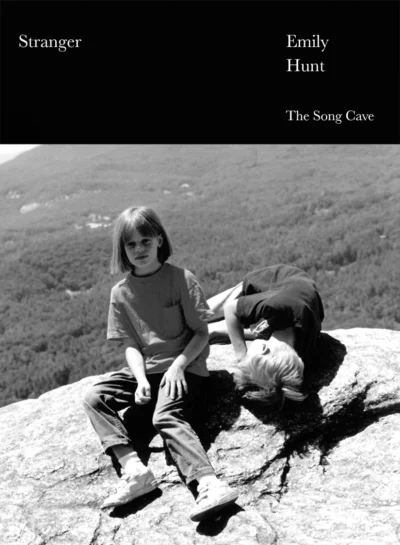
Sabrina Tarasoff, ed. FUN TO BE DEAD: THE POEMS OF BOB FLANAGAN (Kristina Kite Gallery / Pep Talk)
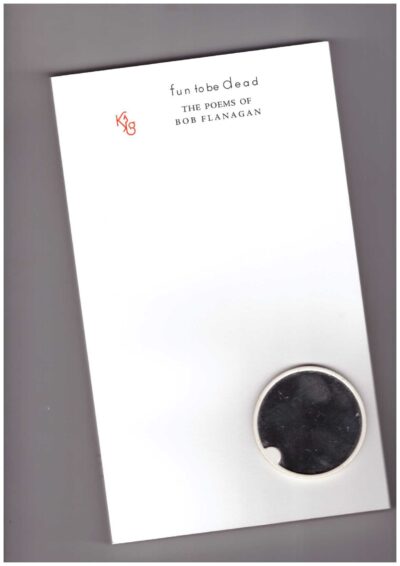
Ted Rees HAND ME THE LIMITS (Roof Books)
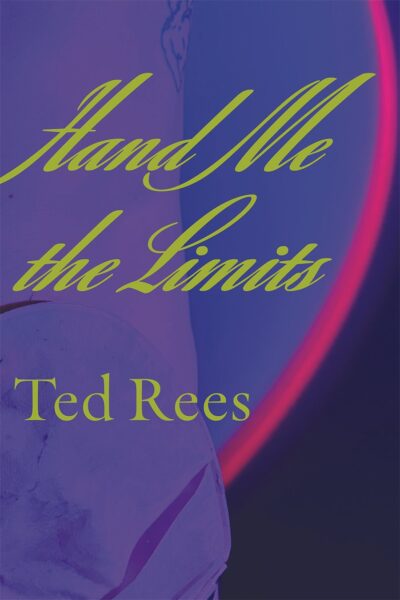
Oscar d’Artois THE ISLAND (Shabby Doll House)
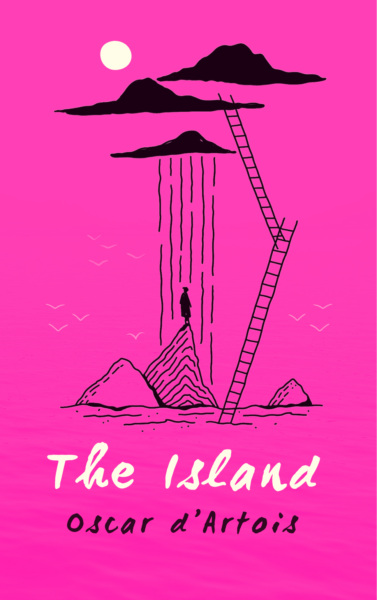
David Trinidad SLEEPING WITH BASHO (BlazeVOX)

Stéphane Mallarmé A ROLL OF THE DICE (Wave Books)
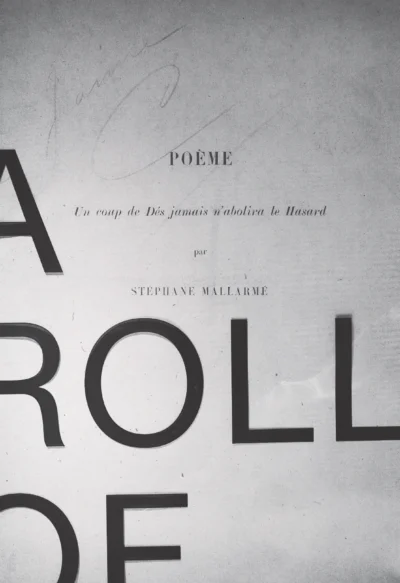
Alice Notley BEING REFLECTED UPON (Penguin)
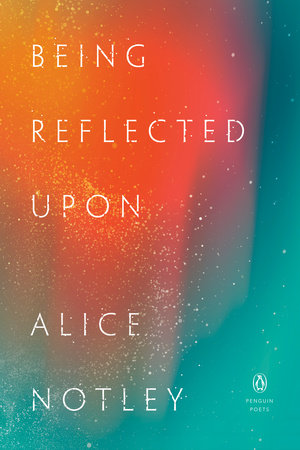
Zoë Hitzig NOT US NOW (Changes)
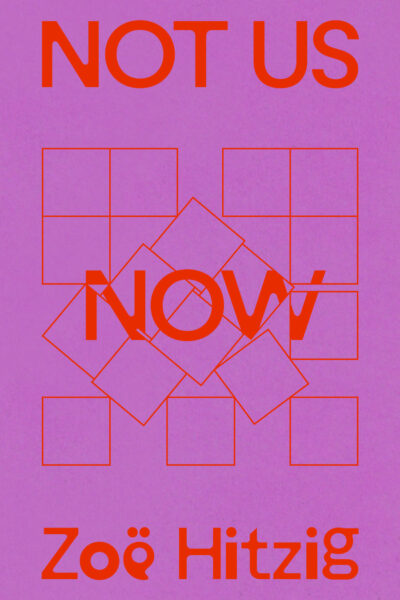
Charles North NEWS, POETRY AND POPLARS (Black Square Editions)
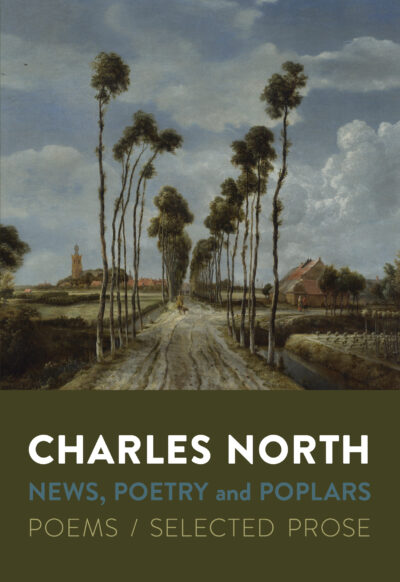
Cletus Crow PHALLIC SYMBOLS (Pig Roast)
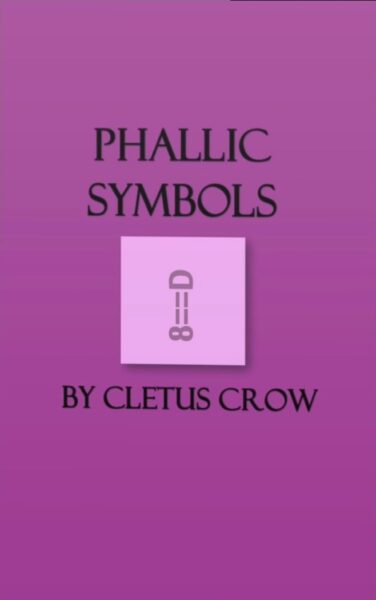
Kendra Sullivan REPS (Ugly Duckling Presse)
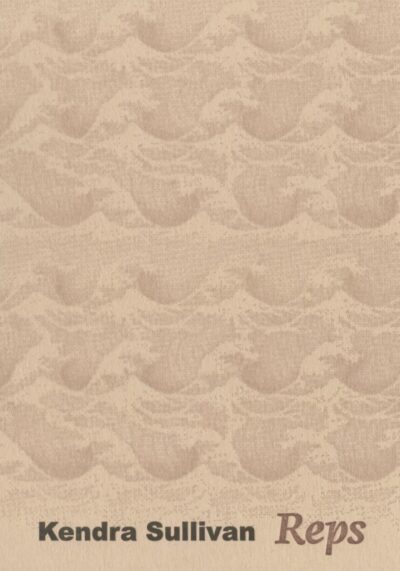
Maria Hardin CUTE GIRLS WATCH WHEN I EAT AETHER (Action Books)
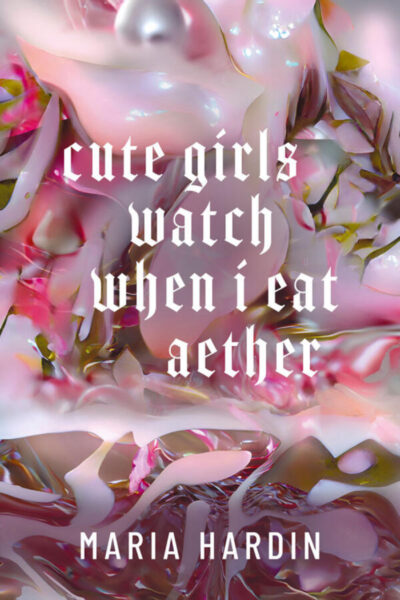
Wayne Koestenbaum STUBBLE ARCHIPELAGO (Semiotext(e))
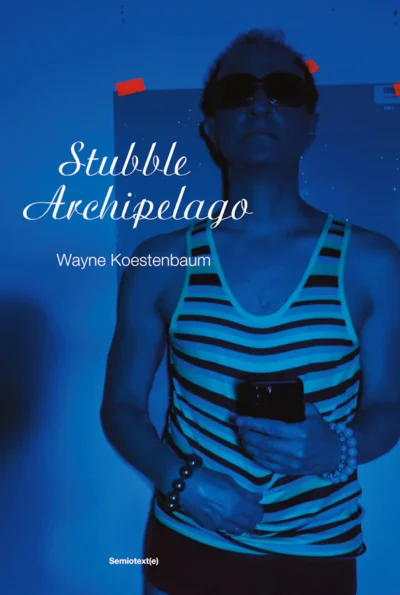
Charalampos Tzanakis ALL OUT IN THE OPEN (Sweat Drenched Press)

Bruce Andrews & Sally Silvers UPSTAGE (Ugly Duckling Presse)
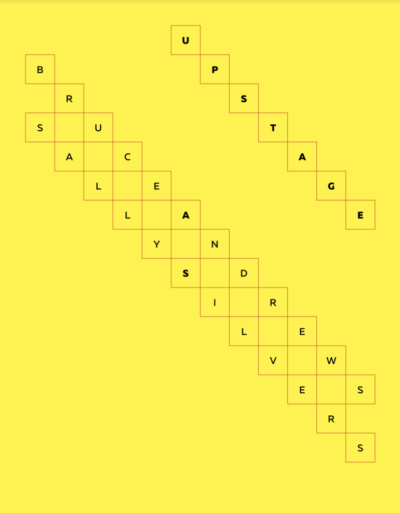
Alan Felsenthal HEREAFTER (The Song Cave)
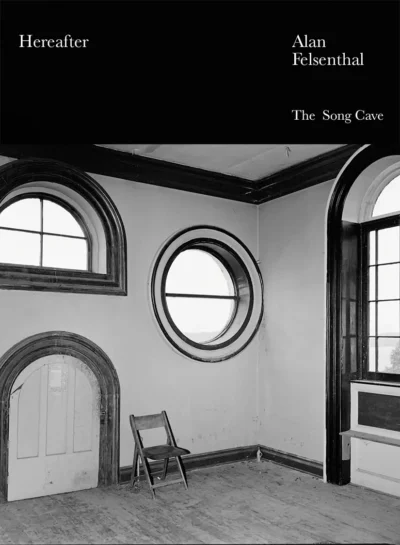
Nonfiction
(in no order)
Cynthia Carr CANDY DARLING: DREAMER, ICON, SUPERSTAR (Farrar, Straus and Giroux)
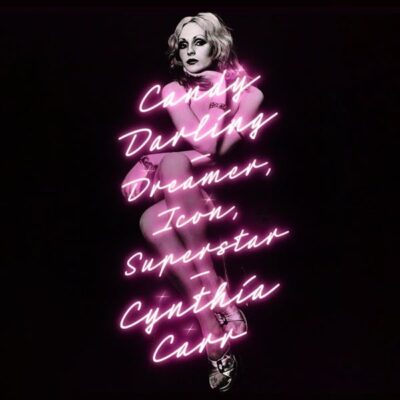
Anne Carson WRONG NORMA (New Directions)
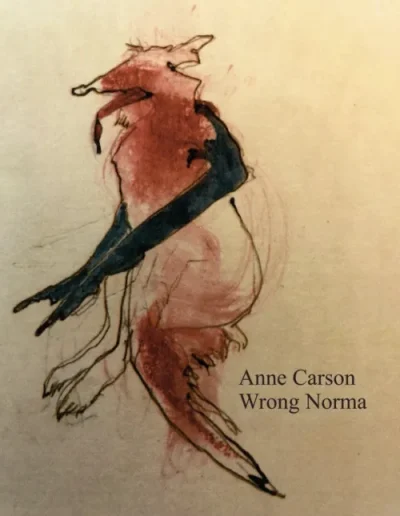
Ted Berrigan GET THE MONEY!: COLLECTED PROSE 1961-1983 (City Lights)
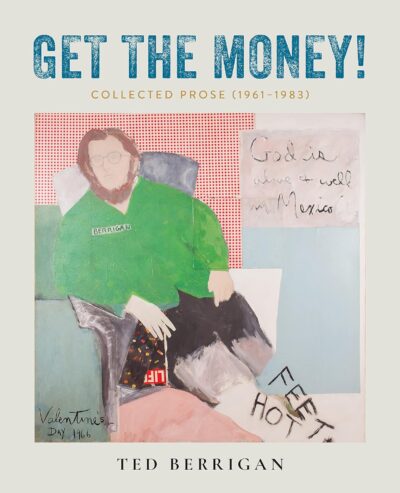
Brad Gooch RADIANT: THE LIFE AND LINE OF KEITH HARING (Harper)
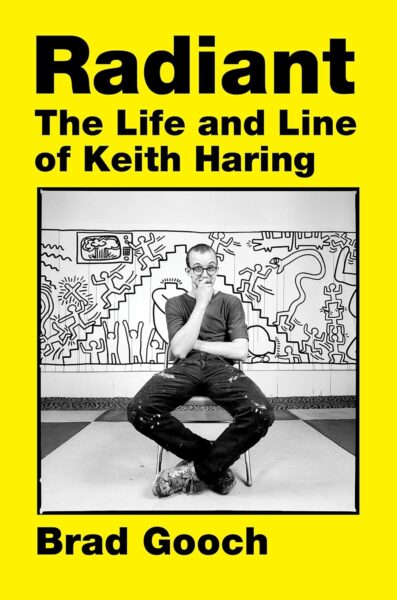
Valerie Hsiung THE NAIF (Ugly Duckling Presse)
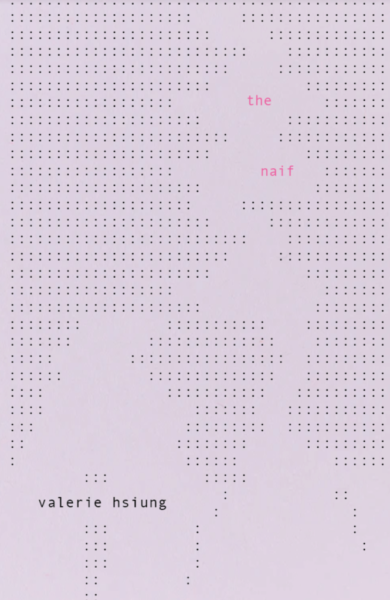
Mike Corrao SURFACE STUDIES (Action Books)
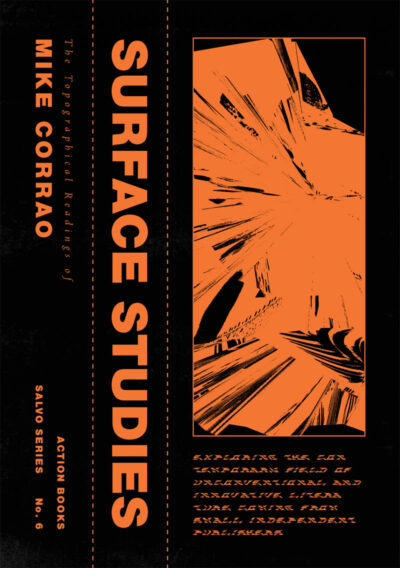
Chris Zeischegg CREATION: ON ART AND UNBECOMING (Apocalypse Party)
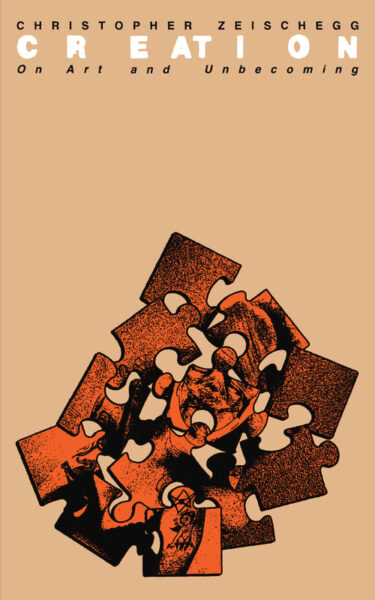
Richard King TRAVELS OVER FEELING: ARTHUR RUSSELL: A LIFE (Faber & Faber)
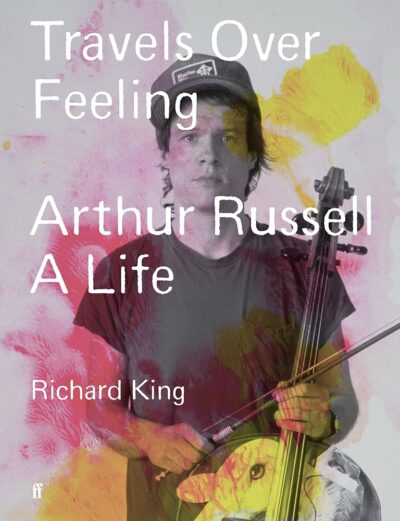
Steve Finbow GRAVE DESIRE: A CULTURAL HISTORY OF NECROPHILIA (Infinity Land Press)
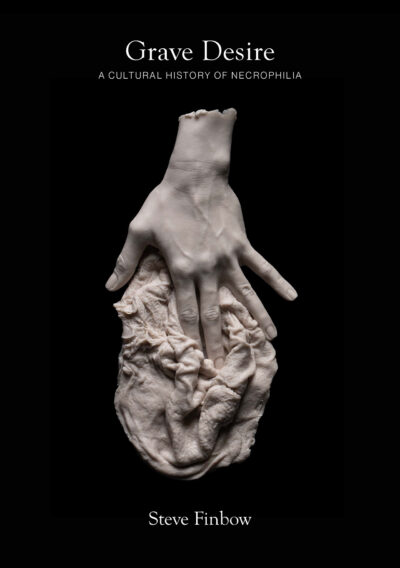
Serge Daney FOOTLIGHTS: CRITICAL NOTEBOOK 1970–1982 (Semiotext(e))
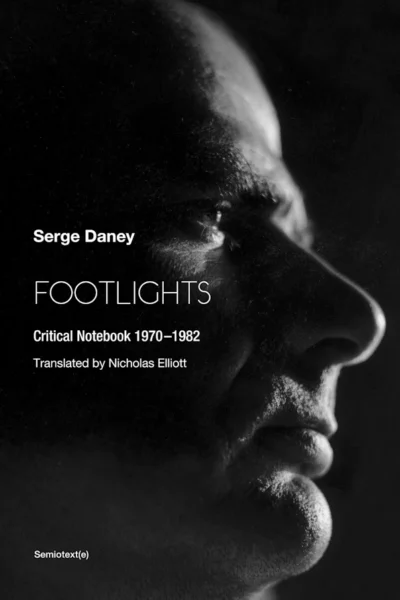
Music
(in no order)
7038634357 TIMERS (Bus)
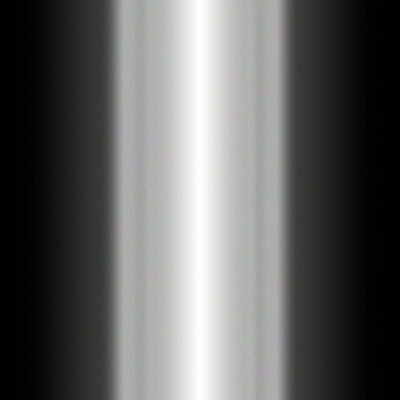
Richie Culver SCREAM IF YOU DON’T EXIST (Participant)
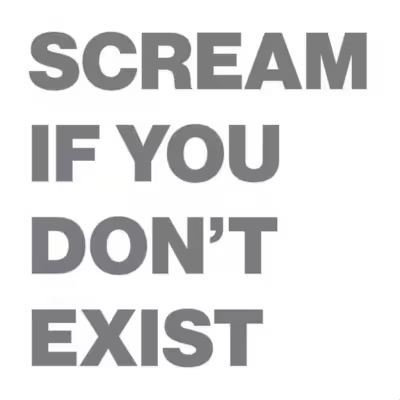
Kali Malone ALL LIFE LONG (Ideologic Organ)

Rip Van Winkle THE GRAND RAPIDS EP (Splendid Research Records)
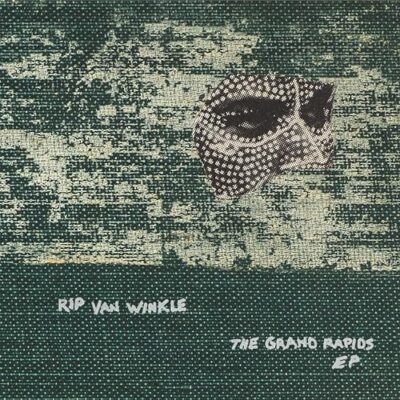
Meth Math CHUPETONES (Reel Life Entertainment)
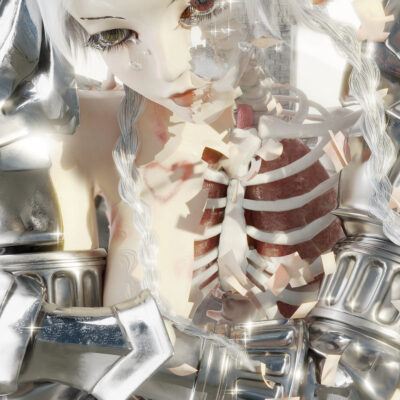
claire rousay SENTIMENT (Thrill Jockey)

Kee Avil SPINE (Constellation Records)
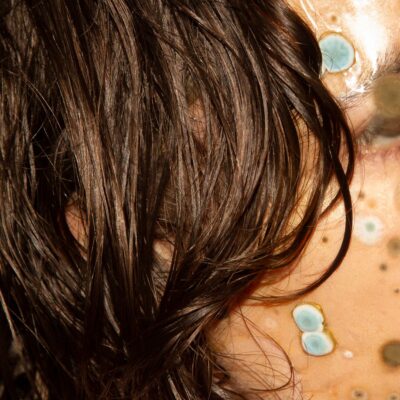
Kim Gordon THE COLLECTIVE (Matador)
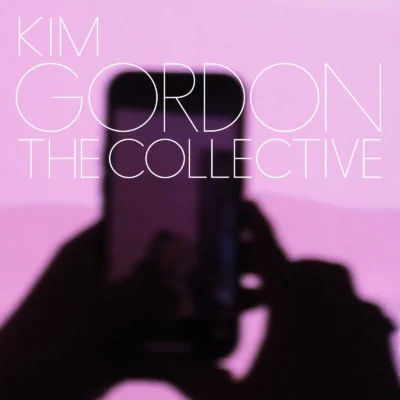
Guided by Voices STRUT OF KINGS (Rockathon)

Morgan Garrett PURITY (Orange Milk Records)
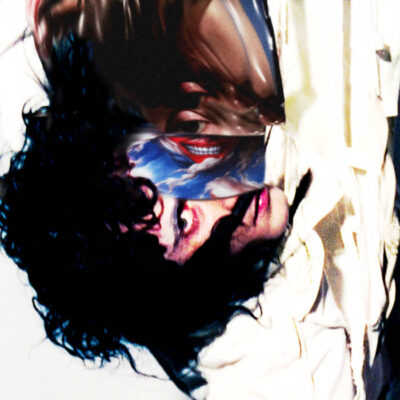
Still House Plants IF I DON’T MAKE IT, I LOVE U (Bison Records)
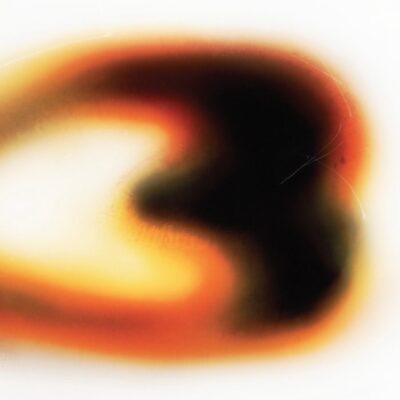
Moor Mother THE GREAT BAILOUT (Anti)
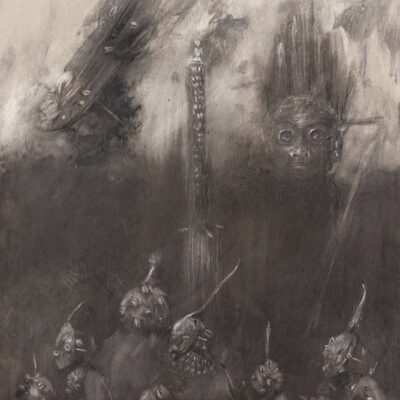
Pet Shop Boys NONETHELESS (Parlaphone)
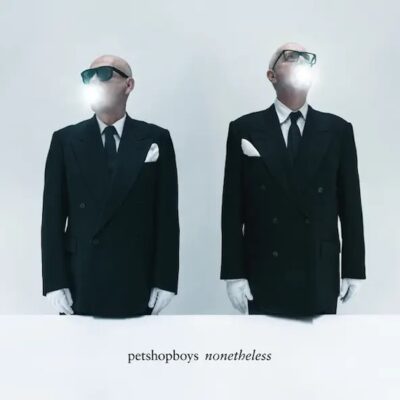
Loren Connors & Chris Cochrane ARTEMISIA (Infrequent Seams)
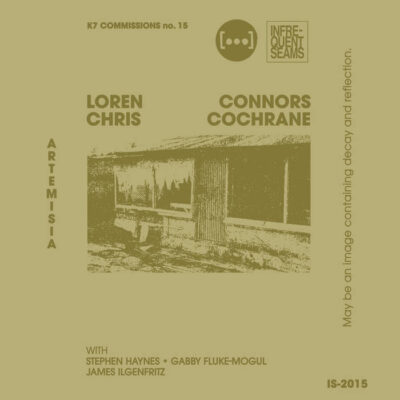
Morton Feldman, Christian Wolff, Wendy Eisenberg THE POSSIBILTY OF A NEW WORK FOR ELECTRIC GUITAR (Other Minds)

Charli XCX BRAT (Atlantic)

Locrian END TERRAIN (Profound Lore)
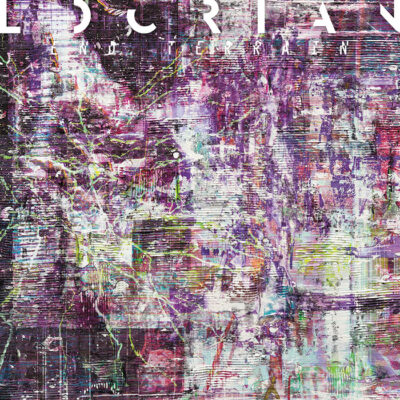
NPVR 33 34 (Editions Mego)

Film
(in no order)
Jean-Luc Godard SCÉNARIOS
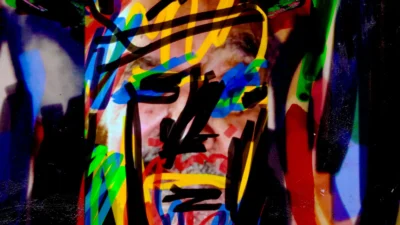
Leos Carax IT’S NOT ME
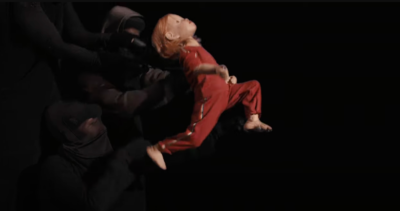
James Benning BREATHLESS

Harold Crooks & Judd Tully THE MELT GOES ON FOREVER: THE ART & TIMES OF DAVID HAMMONS
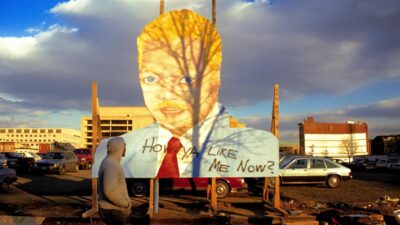
Guy Maddin, Evan Johnson, Galen Johnson RUMOURS

Steve Reinke SUNDOWN

Simon Liu LET’S TALK

Radu Jude DO NOT EXPECT TOO MUCH FROM THE END OF THE WORLD

Wes Ball KINGDOM OF THE PLANET OF THE APES
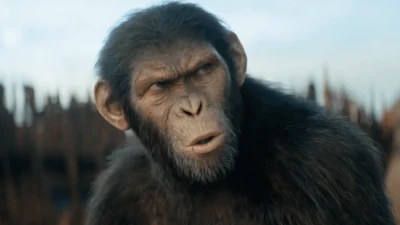
Art
(in no order)
Matthew Barney SECONDARY (Fondation Cartier)

Peter Fischli & David Weiss (Pinault Collection)
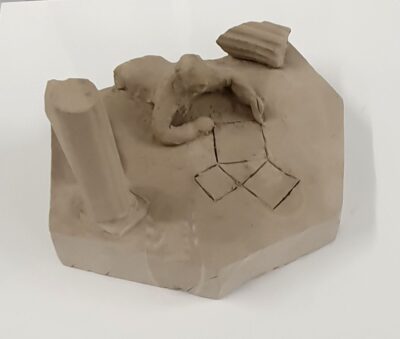
Allen Jones FROM THE GODS (Almine Rech)
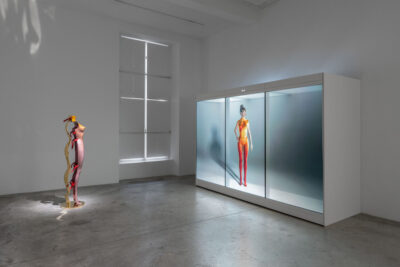
Alan Vega CESSPOOL SAINTS (Galerie Laurent Godin)

Rob Pruitt x Lizzi Bougatsos HELP ME LIFT YOU UP (Air de Paris)
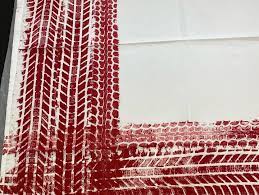
LA BANDE DESSINEE US MUSEE (Centre Pompidou)

Internet
(in no order)
SCAB
ASTERISM
zlibrary
The Wire
GAMESCENES
Internet Archive
VK Video
PLAY THERAPY V2.0
otherppl
WAKE ISLAND
Mattazine Society
pixiv
{ feuilleton }
SHABBY DOLL HOUSE
too scared to tell my mom
espresso bongo
X-R-A-Y
Art and Trash
Legsville
Rhizome
Theme Park Review
ok.ru
Musique Machine
Original Cinemaniac
ANGUSRAZE
PEPPERLAND SPICERACK
Beaucoup
Expat
SOAP2DAY
Volume 1 Brooklyn
Experimental Cinema
The Los Angeles Review of Books
3:AM Magazine
largehearted boy
pantaloons
Locus Solus: The New York School of Poets
giphy
The Wonderful World of Tam Tam Books
Hobart
Ubuweb
*
p.s. Hey. I would sure like to know your favorite things from the first half of this year, if you feel like it. As always with these posts, I’m sure there are things I’m spacing on that should be listed up there. ** Steve, Oh I’d love to see that, obviously. I guess I’ll keep my eye on the local art listings. Not in pain is a very good start. Obviously, a cool breeze of commiseration about the hot outdoors. Fantastic about the Bresson/Film Forum stints! I wonder if they’re newly struck prints. ‘Lancelot du Lac’ could really use one. Thanks about the weekend’s writing. I’m on it. I hope you’re as right as rain and maybe with actual rain come Monday. ** jay, Hi. Thanks. There’s something physically about art galleries that truncates one’s attention span, or it feels like that. Like you’re not supposed to hang out even if the works asks you to. Maybe it’s the people behind the desk. I wish there were a lot more artists working with gifs, but, yeah, it’s good that there are some, and who are doing rangy things with them. Ooh, a stalker fetishist. Pretty demanding, but not without conceptual interest. Thanks for filling me in the ‘dap me up’ blank. No doubt that will come in handy. I hope your weekend is freedom-filled. ** _Black_Acrylic, Have they removed the Stonehenge paint? Best of luck to Scotland and their fans including you tomorrow. ** dwt, Sometimes the blog can be eerily coincidental. Congrats on the job! Well, hopefully their sweetness is the real deal, and they’ll smile and shrug once your chest is un-mysterious. Seriously, though, good luck with the reveal. As ishes go, I agree that good trumps bad. Cool, thanks about the posts. Can you characterise your web art? Very interesting. It’s chilly and raining here, which I am so appreciating given the other option circa late June. I know the guy who did the vocals on the ‘I Wished’ audiobook did his best. He wrote me a nice note. But I’m too scared. I have a very particular idea of how my work should be vocalised, rightly or wrongly. Still too much rain for the sewer tour. And I think that place will be dead to the public until the Olympics are over since it’s right in the path of the triathlon. Fine Saturday and Sunday to you! ** Dominik, Hi!!! Cool. Oh, I decided to eat pizza instead of that ice cream, I can’t remember why. But when we inevitably get a heatwave, I’ll make a beeline. My friend Ange works at the Louvre, and he told me the lines to see your gif are a mile long. Surely, love was capable of killing your migraine. Yes? Ugh. Love sentenced to 40 years in prison for murdering your migraine. Luckily he’s a genius escape artist, G. ** Don Waters, Hi. Ah, great, snagging is one of the blog’s favorite accomplishments. Oh, sure, I know all kinds of great artists of every stripe who have kids. Speaking of accomplishments, both having kids and being an artist at the same time is a pretty big one, at least theoretically, or at least to someone who’s only one of those two things. Jazz is great, Well, maybe a minority of jazz. But that could be said about all genres. Having neither a turntable nor anything that plays Cds, and being, thus, a download/ streaming only guy, record stores are mostly just frustrating locations for me. So, I don’t know. I walk by some pretty good looking ones sometimes. I’ve only been to Portland when I was reading at Powells, so maybe three times, or four rather? I liked Portland a lot though. I’d like to just go there to go there. You seem really happy there. ** Lucas, Hi, Lucas. Yes, more whenever you’re prepared! Those balloons and that flower looked kind of sad, or at least melancholy, which I liked, of course. I like melancholy. But I’m glad the ceremony wasn’t. Yay! And I hope you and your pals celebrated that big step with appropriate festoonery. I’ve never seen ‘Barbarian’, but, like you, I’ve heard good things. How was it? Excellent weekend to you whatever it entails. ** Steven Purtill, Hi Steven! Well, you already know that I think you should do more gif work. Like a lot more. At your convenience, of course. Oh, shit, about the anemia. Get the powers that be to solve that ASAP, for sure. Thanks about ‘Flunker’. You’re well represented in my faves list up there, of course. So lovely to see you. I hope you feel so, so much better very, very quickly. ** Harper, Hi. Yeah, my mom was kind of evil. Unlike your mom. I’ve never had any problems what that supposed protein issue. But I’ve always eaten tons of Mexican food (beans) and seitan and stuff, so maybe that’s worked? Yeah, me too, I don’t know that I’m so different than I was when I was much younger. More mellowed and realistic and confident maybe. And god knows I’m still writing about most of the same things I wanted to write about as teenager, so hopefully that’s not a bad thing. Don’t sweat that, is my advice. I guess it just means that what you wanted to write about is important enough to have remained important to you. Hm, yeah, could go either way on contacting the past people. I’ve done that, and it’s been a real mixed bag, as they say. ** Gumm, Well hi there, G! I’m okay-ish. How are you? How’s summer starting? Missed you too. ** Uday, Hi. I actually know what Tosca sounds like, strangely enough. No, thanks for the rain, really. We’re raining today, and I’m starting to really appreciate that we’re on that end of the weather scale considering the, yes, broiling rest of the world. They’ve closed the metro stations around me because I live two blocks from four Olympics stadiums, and they’re trying to prevent terrorist attacks because there’s a lot of worry here that such things are a distinct possibility. Thank you about the weather. I think I would like it to stay a little chilly but stop raining. What would you like? I’ll try to will whatever you want your way. ** R🪜fe, Hi! Good to see you, bud. When I clicked the link, I got a 404. Drat. Any chance you could re-up it? Thank you much in any case. ** Justin D, Happy you loved it. I did, obviously. And especially those cloud formations ones. They were my favorites. I’m almost tempted to do that with the credits on our film, but I won’t. I hate summer, so I totally get your blues. Sorry. No, I went for pizza instead. But I will. When it gets actually summery. Right now it’s still kind of spring-y. I envy you so fucking much about that Blizzard, I can’t even tell you. Sighhhhh. Have a very non-blue weekend. There must be a way. ** Oscar 🌀, It’s true, I might have gotten my time difference wrong. Damn. Haha, luckily I love misspellings as you can no doubt tell by the escort and slave posts. Somebody got mad at me at me yesterday and started to say, ‘Go take a hike’ except before their mouths got to the ‘ke’ I yelled ‘Oscar!’. Happy that the gifs caused emotional frolicking in you. Let’s see … the film was kind of irritating. The art didn’t happen because the place where we were going to see art was having a press-only preview, and we didn’t qualify. I decided I wanted pizza instead of ice cream. The pizza was nice. The meeting was okay, with some art people who donated some funds to the film and who might just help us out of our current crisis by giving a little more, although I’m not counting on it. How was whatever you did today, or, wait, this weekend? Oh wait (again), you saw Troye Sivan. I’ve never seen him, but I did have a coffee with his ex-boyfriend who did not have good things to say about him as a boyfriend. How was his act? ‘Flunker’ isn’t hugely malleable, is it? But maybe after the book comes out, getting ‘flunked up’ will become a viral thing. Maybe? ** Okay. Do spend at least a minuscule portion of your weekend casting your minds back on the things you’ve liked most this year. See you on Monday.
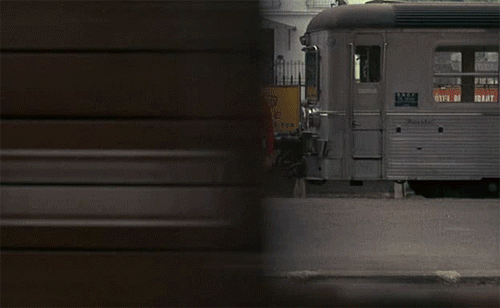
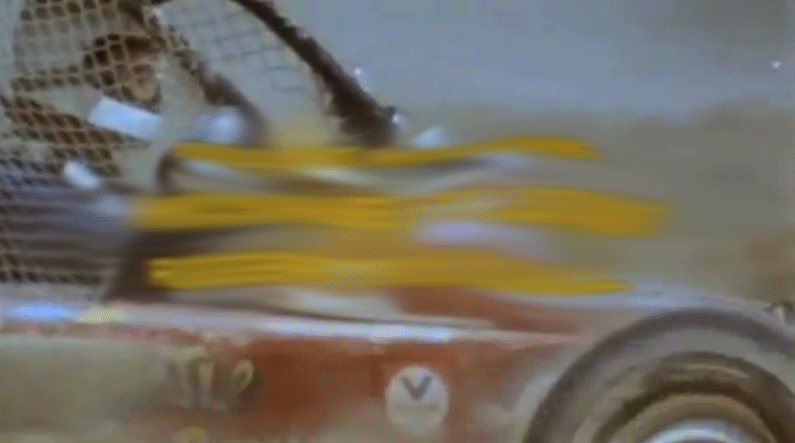

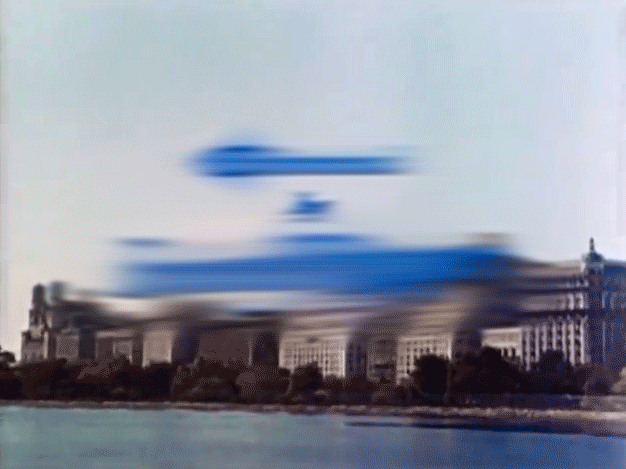
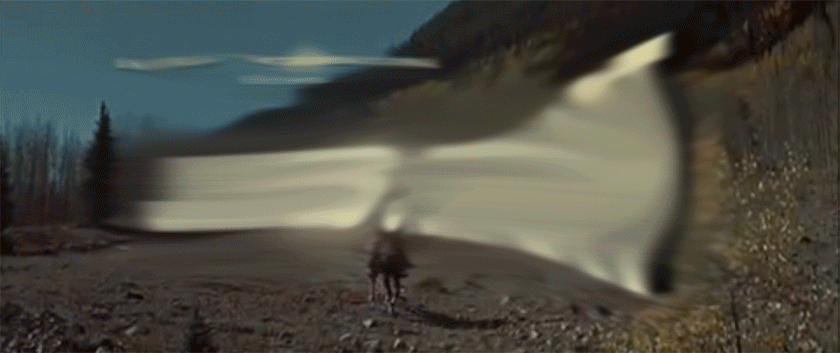
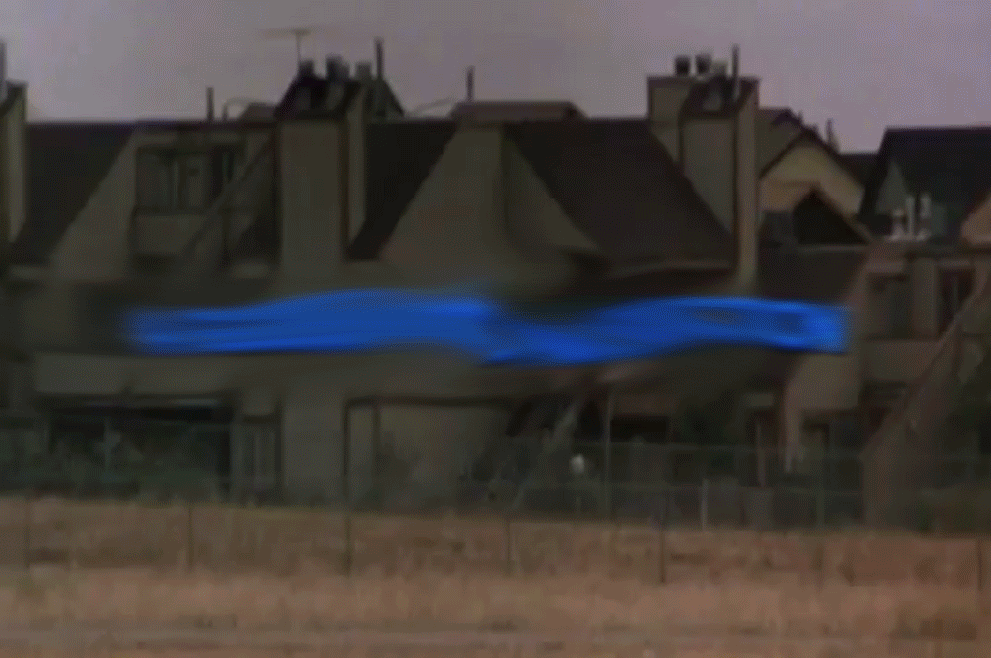
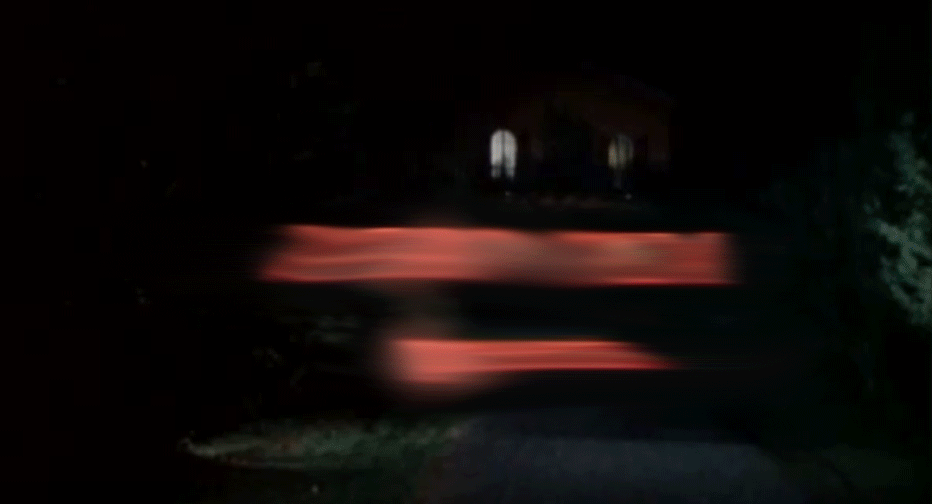
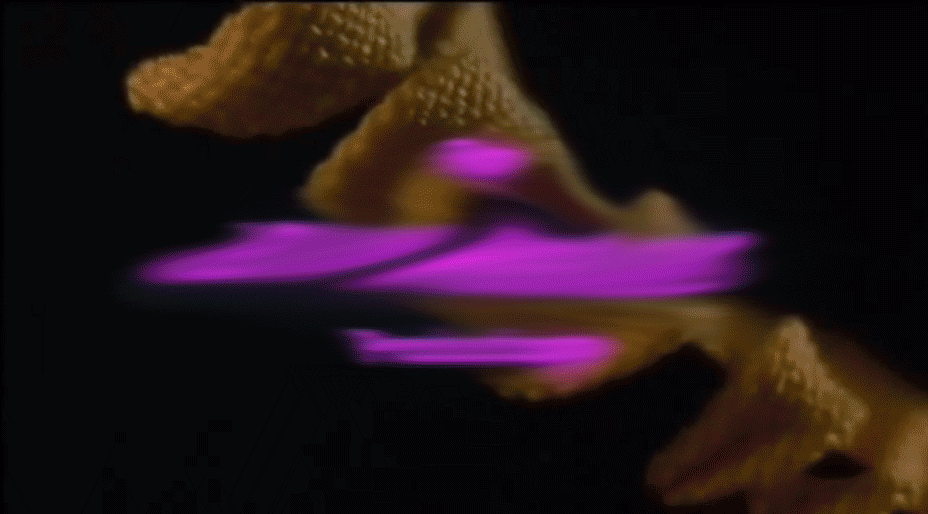
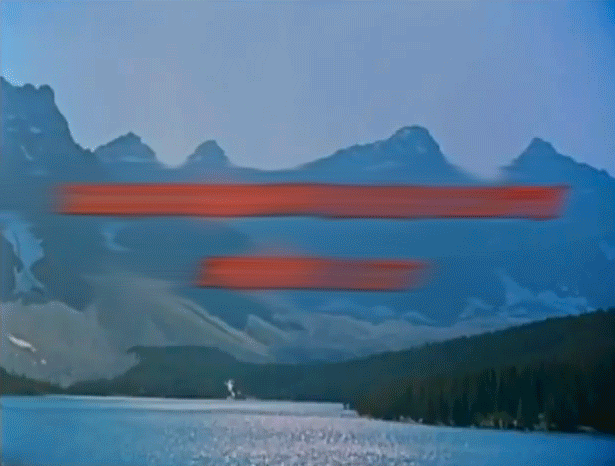
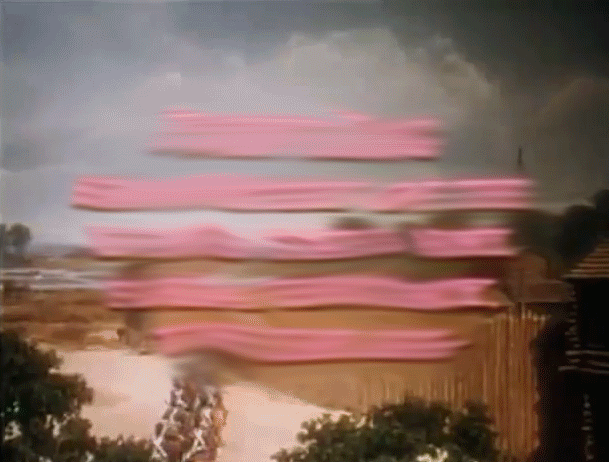
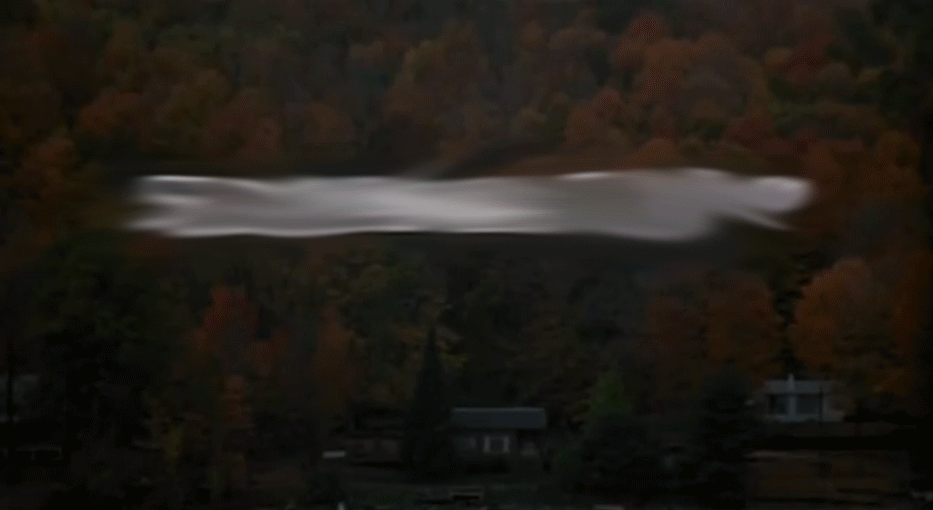
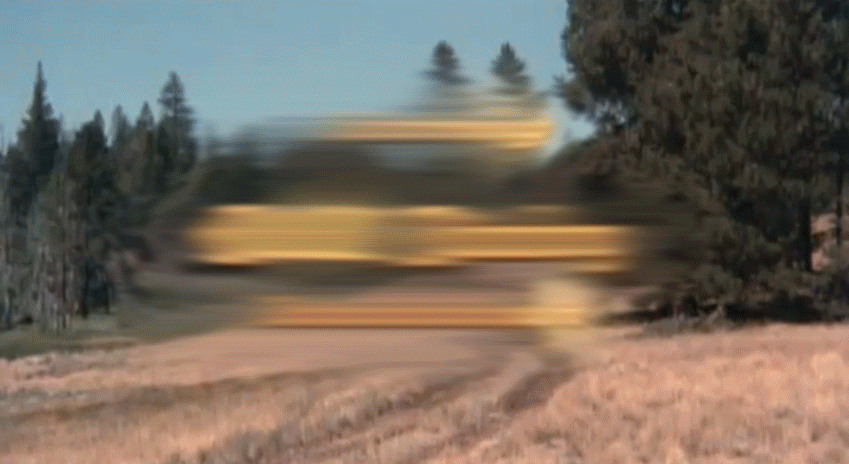

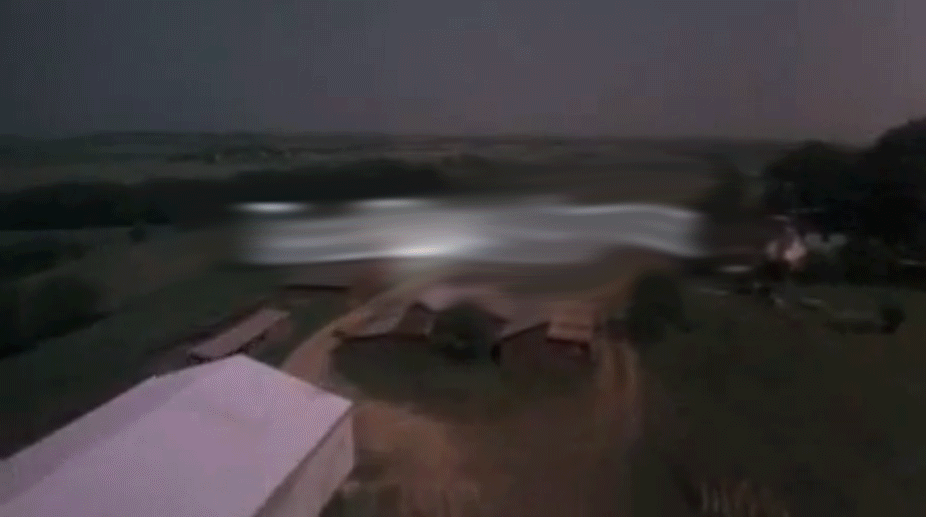
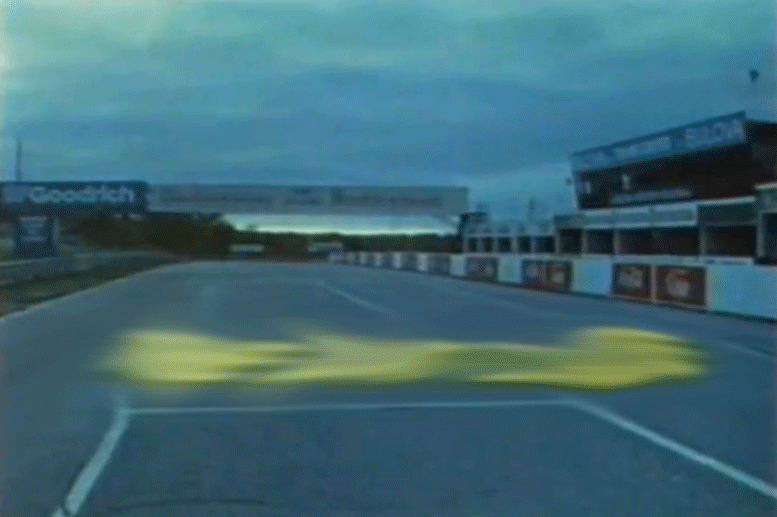
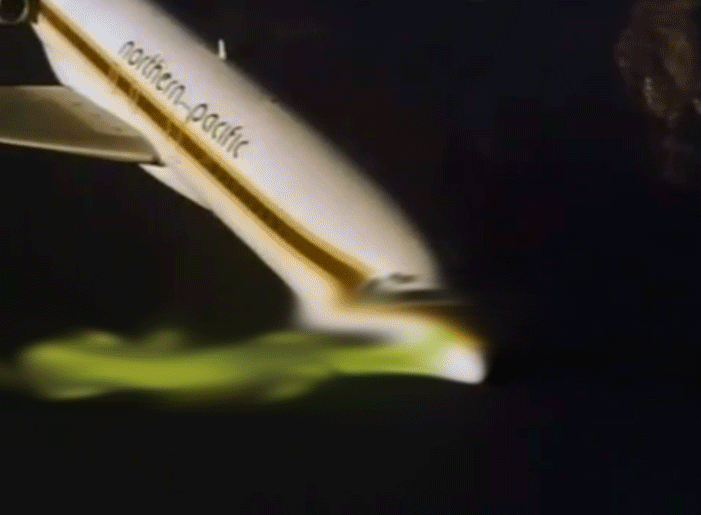
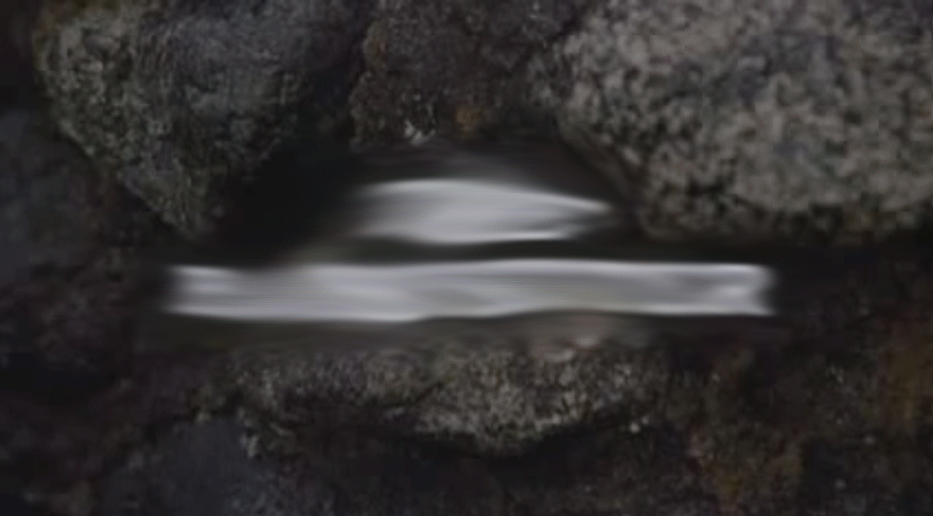
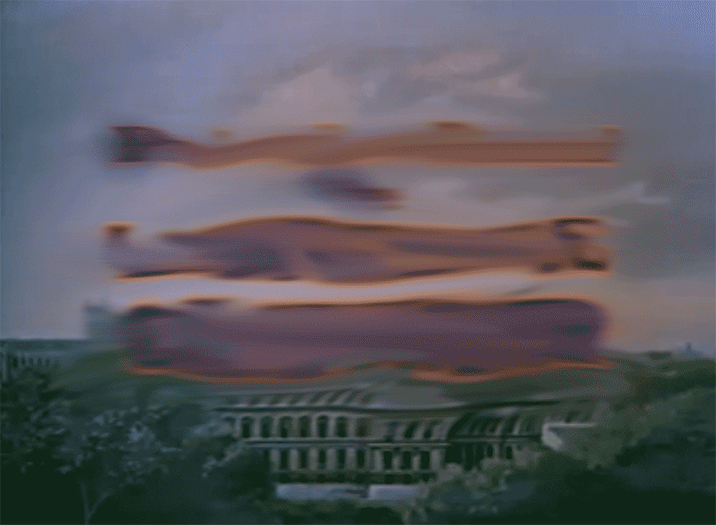
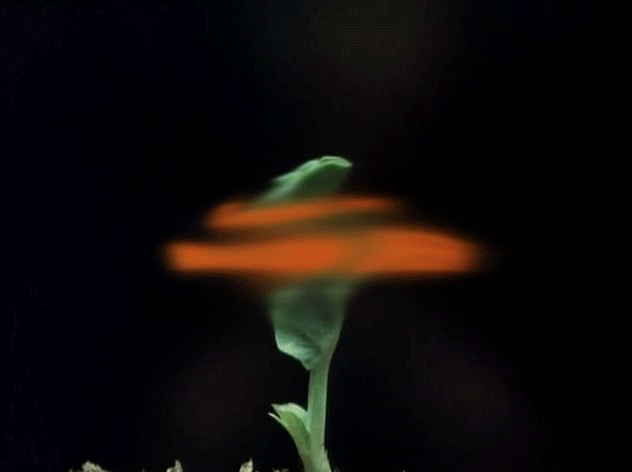

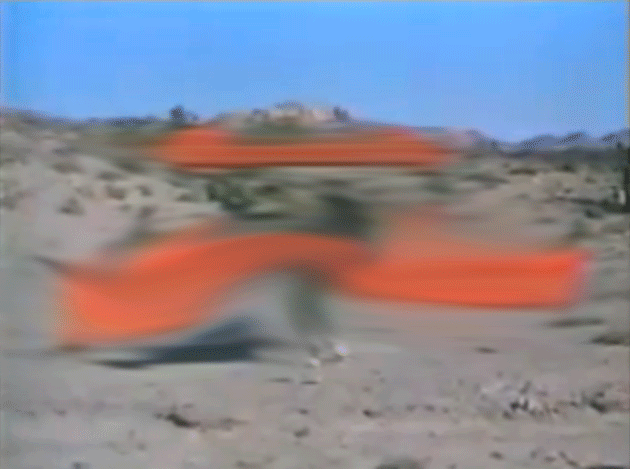
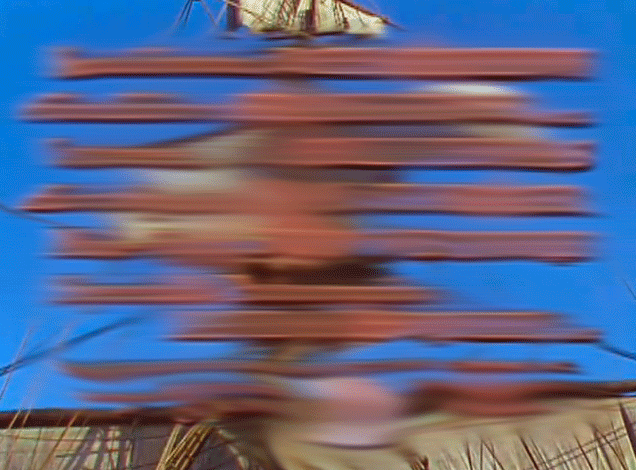
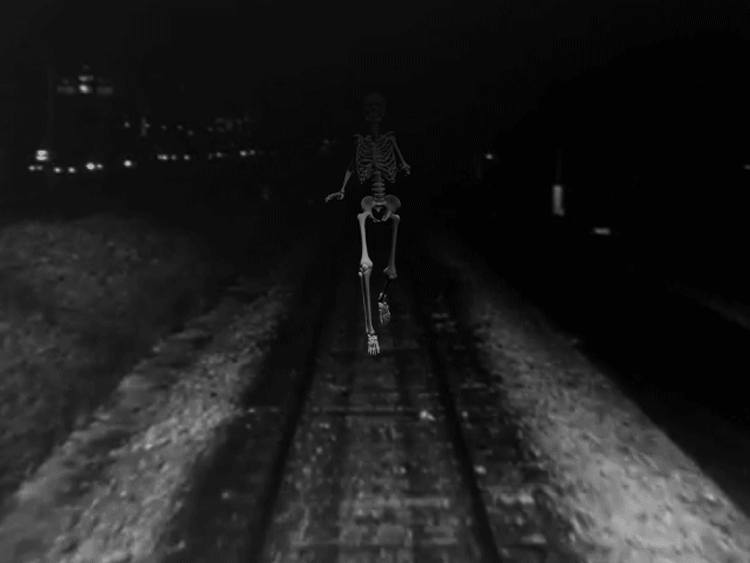

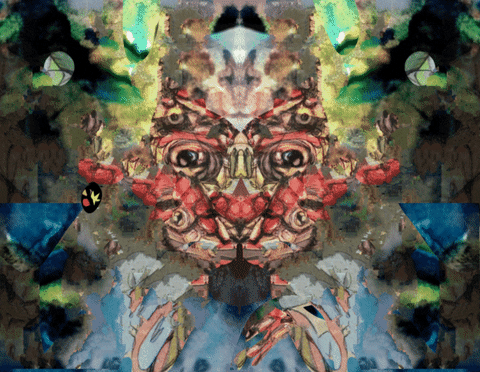
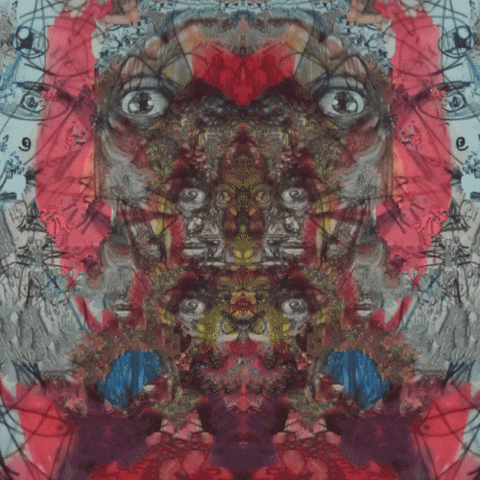
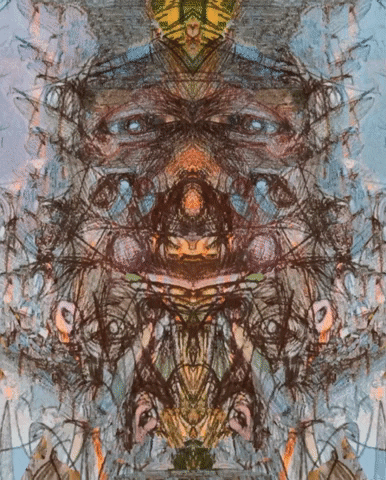

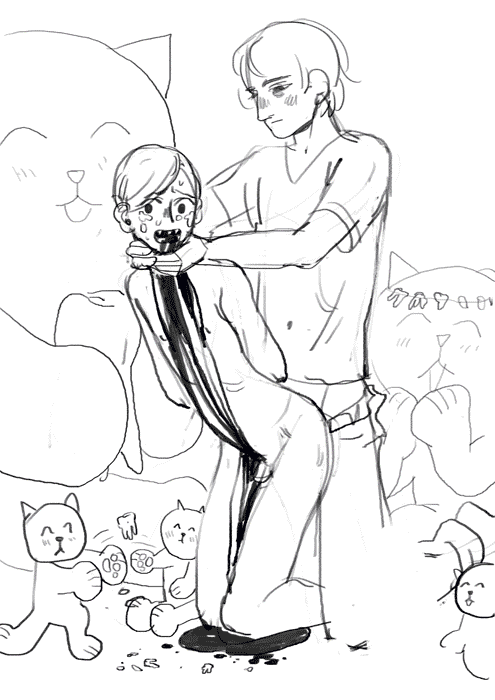
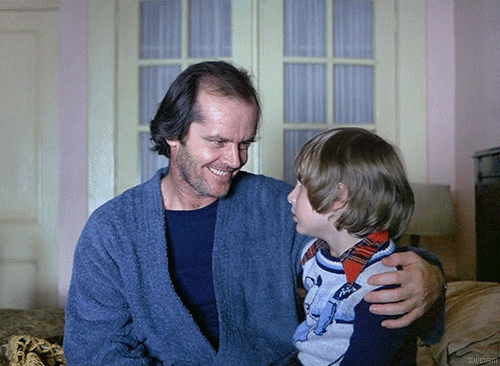
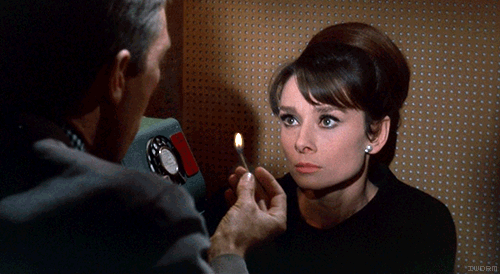
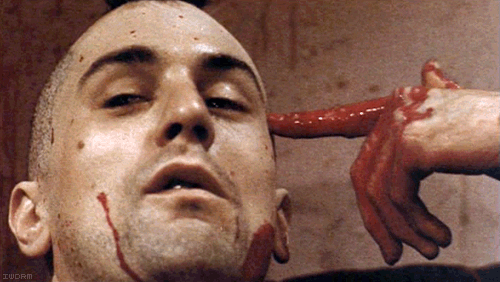
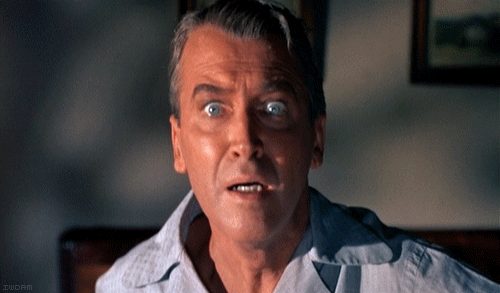
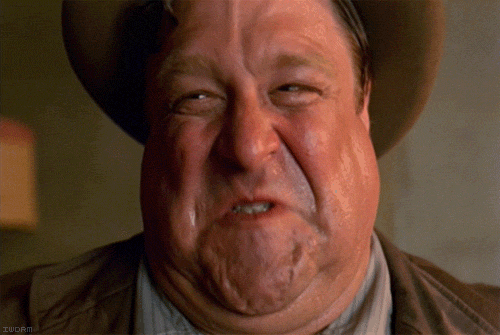
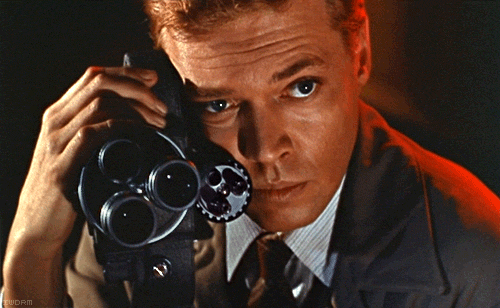

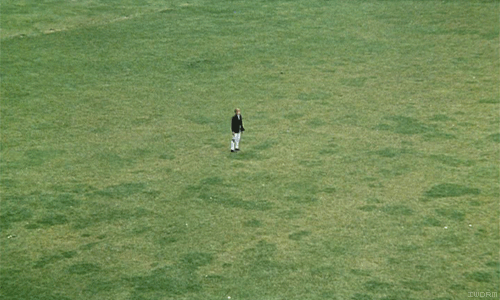
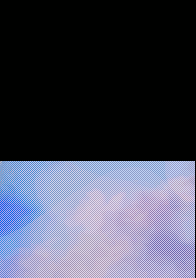
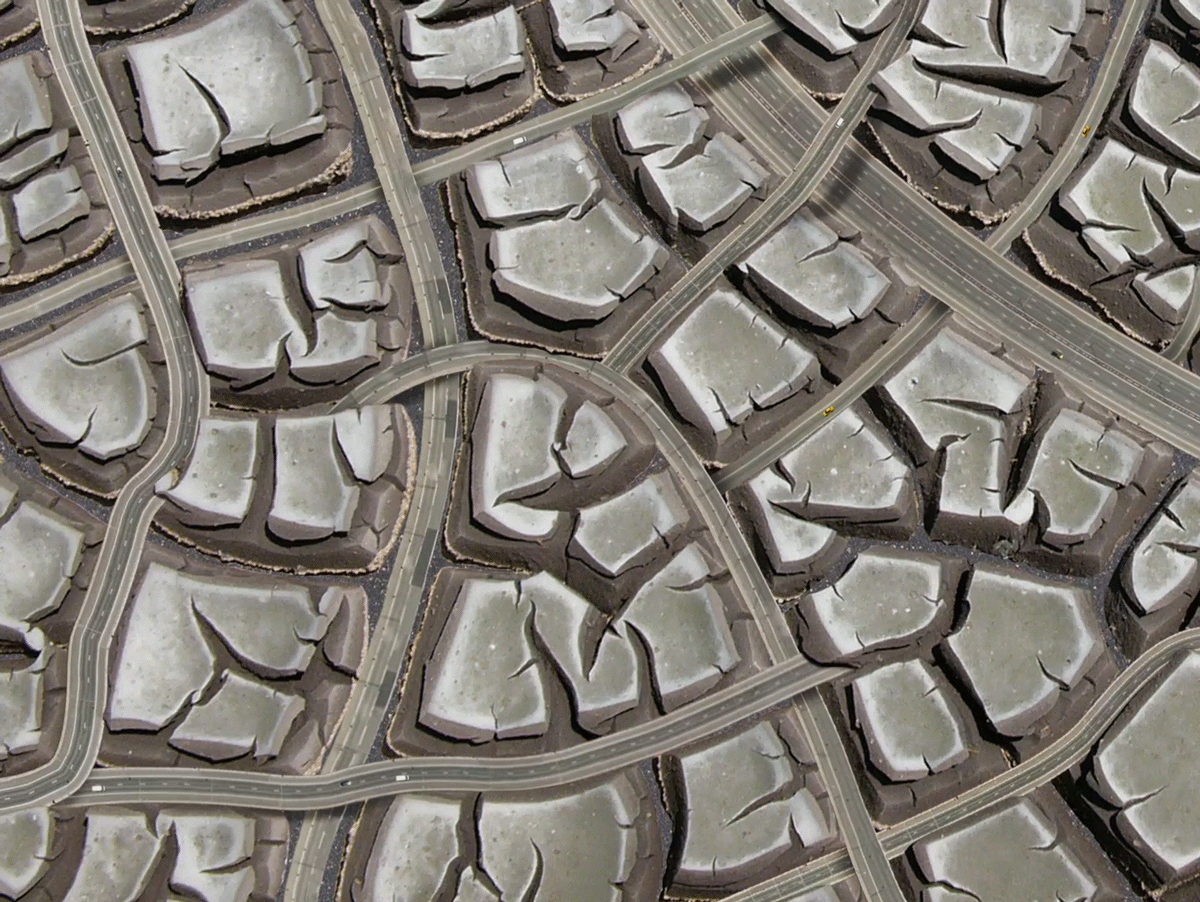
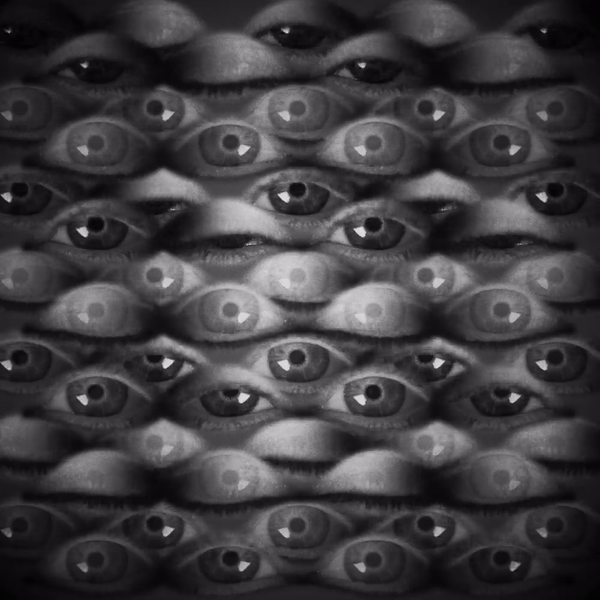

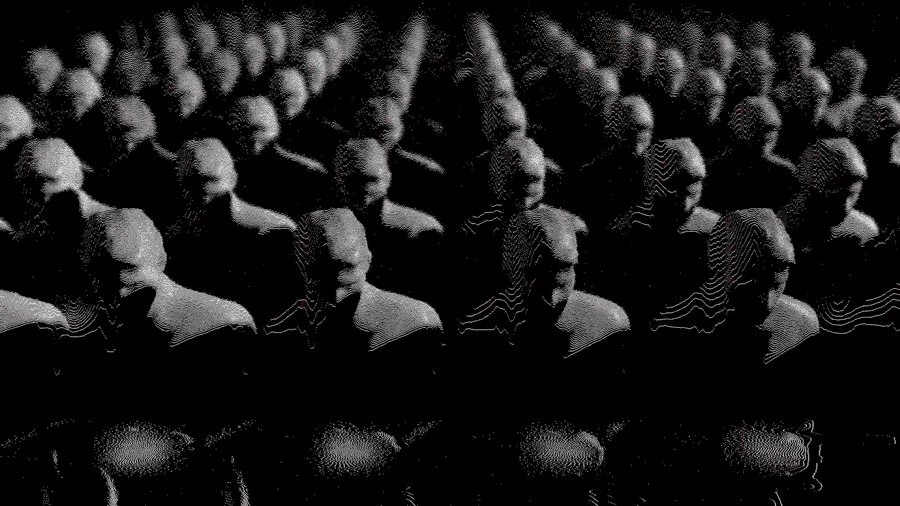

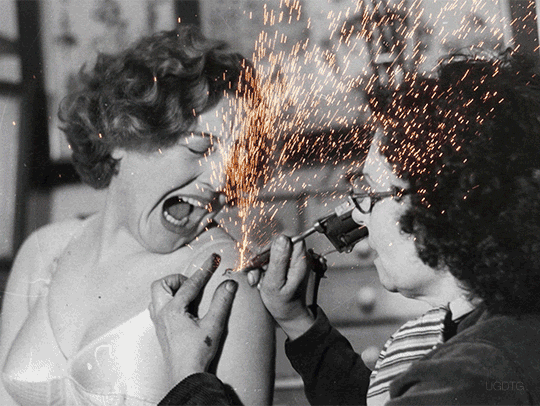

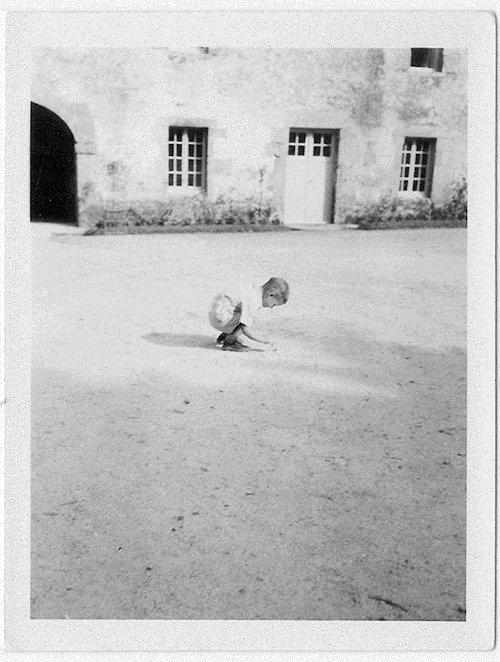


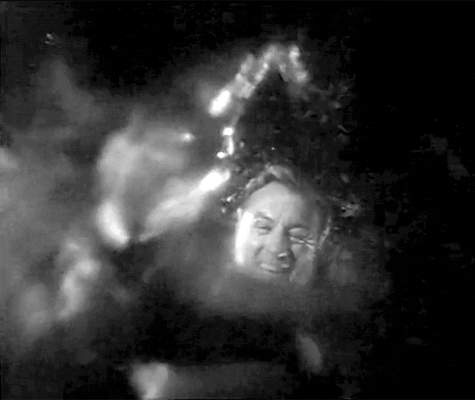


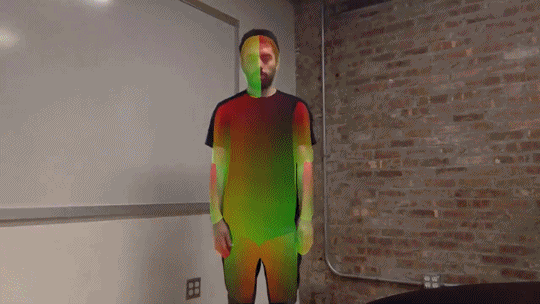

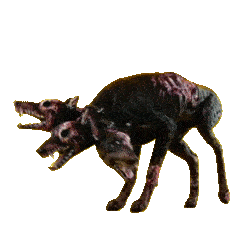
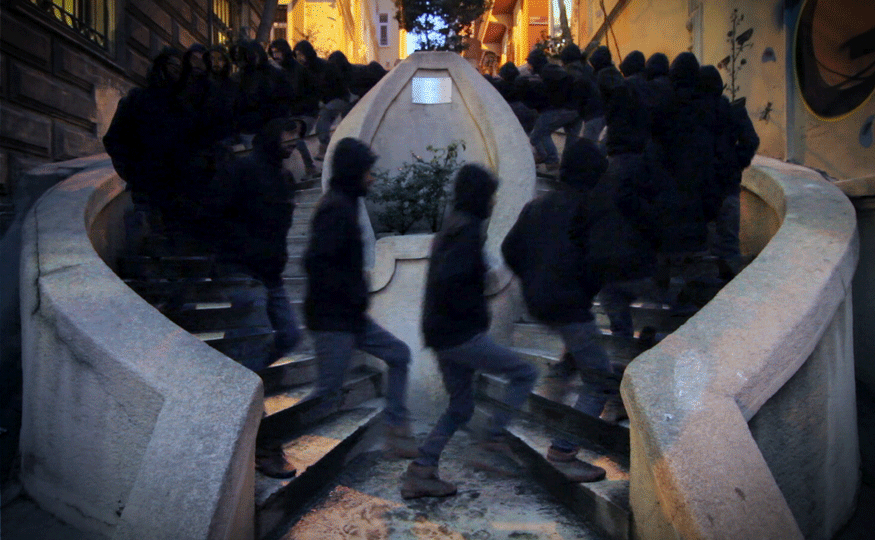
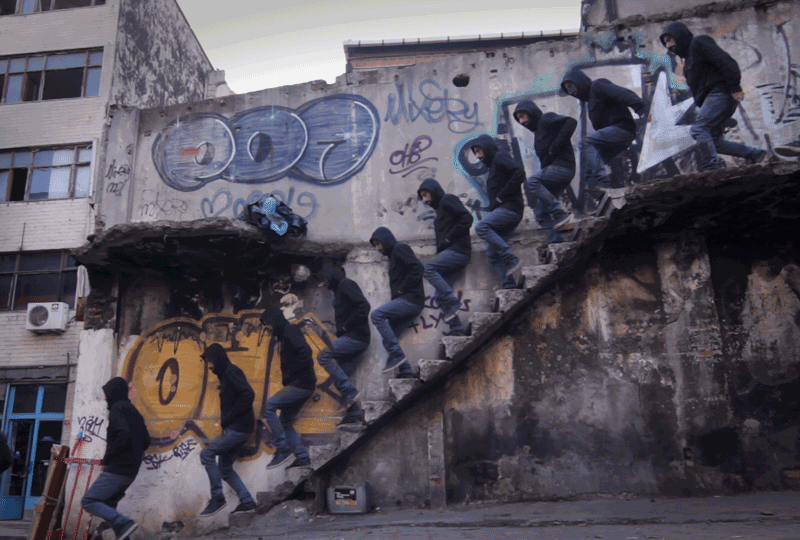
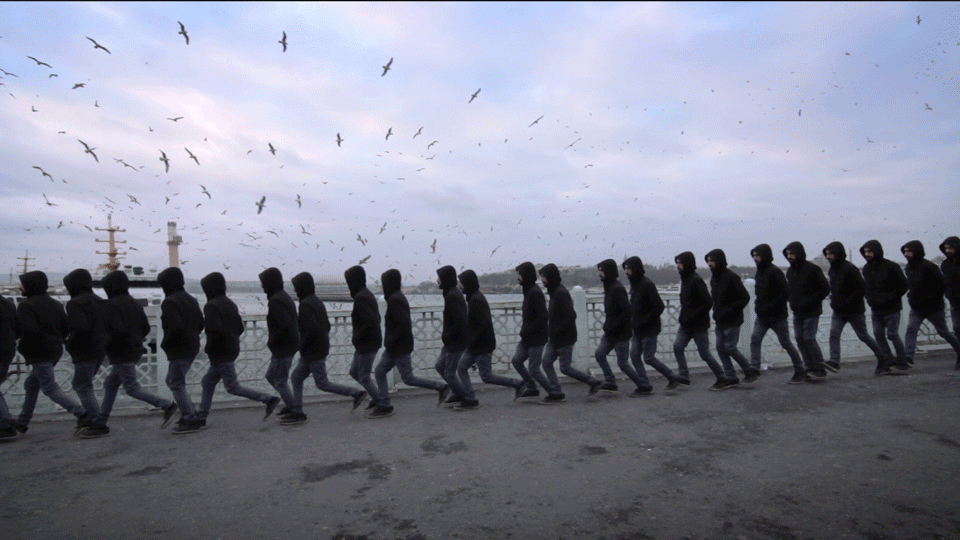
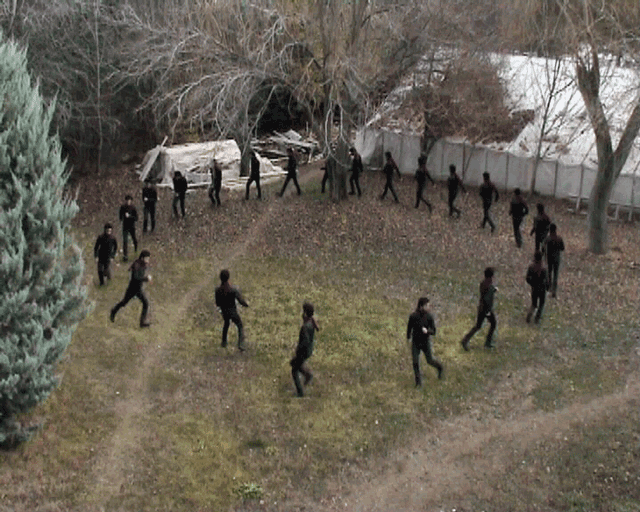
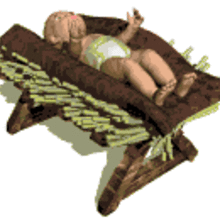
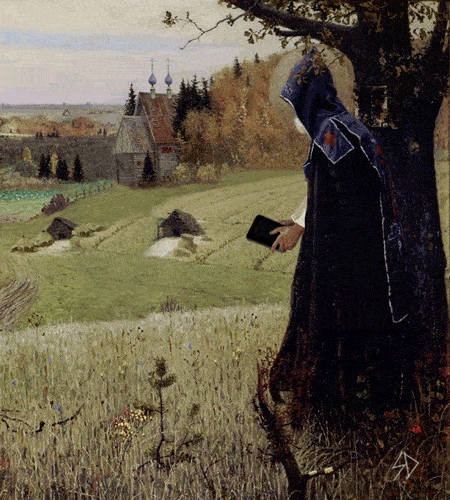
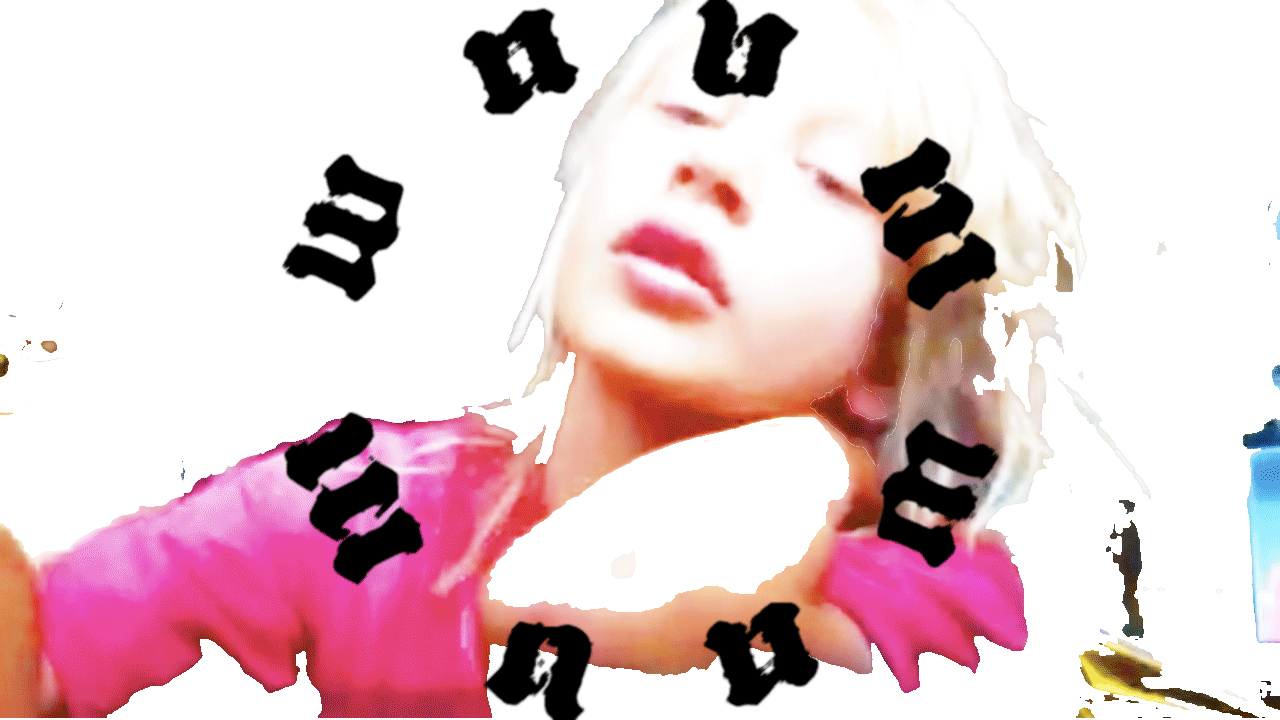
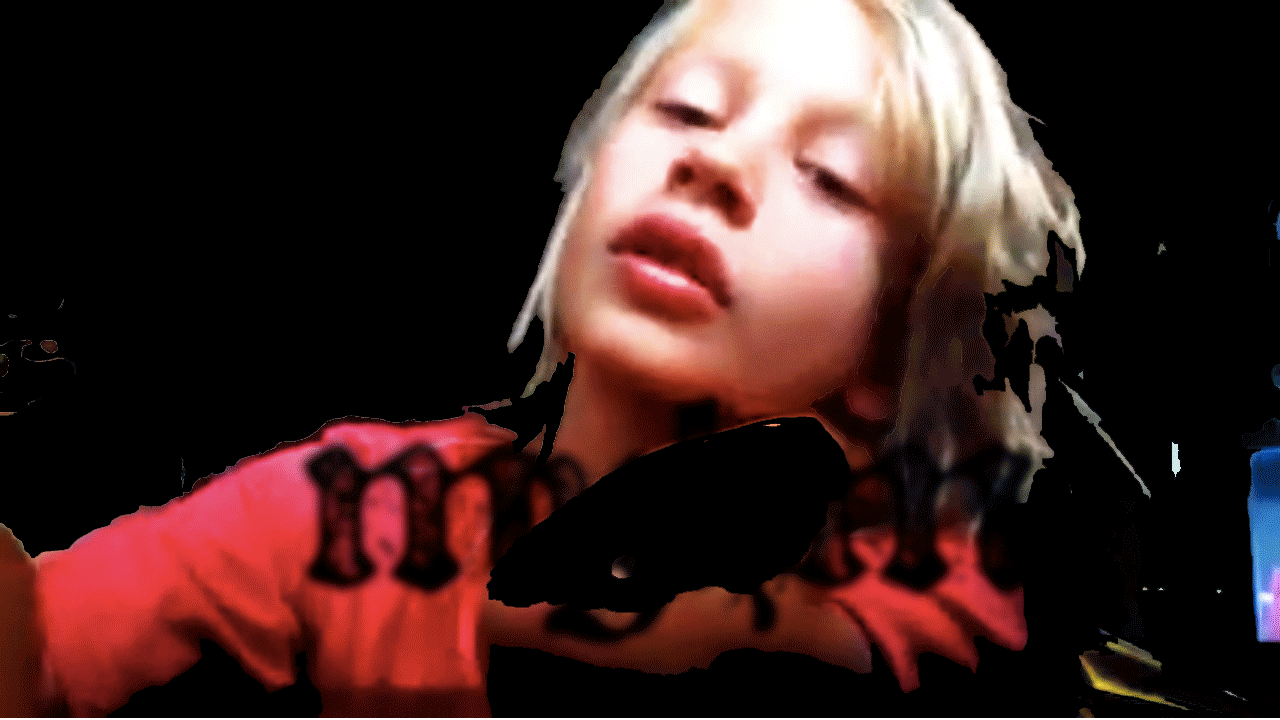
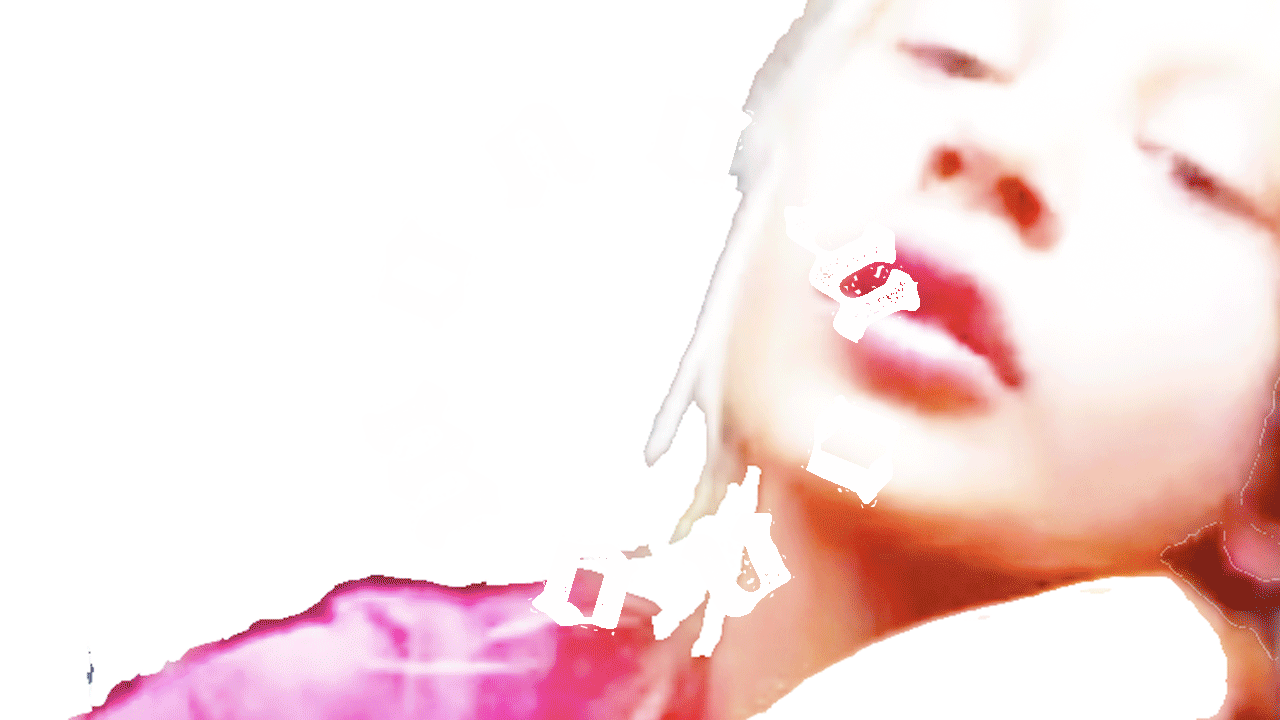
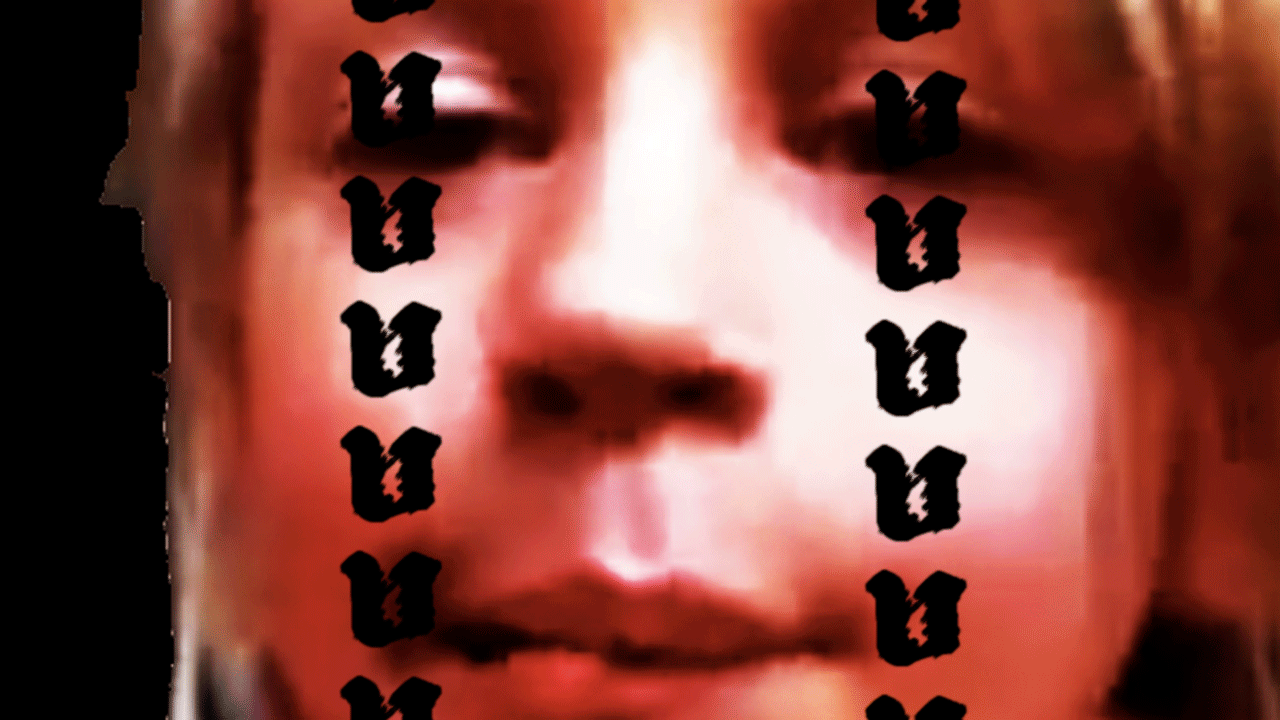
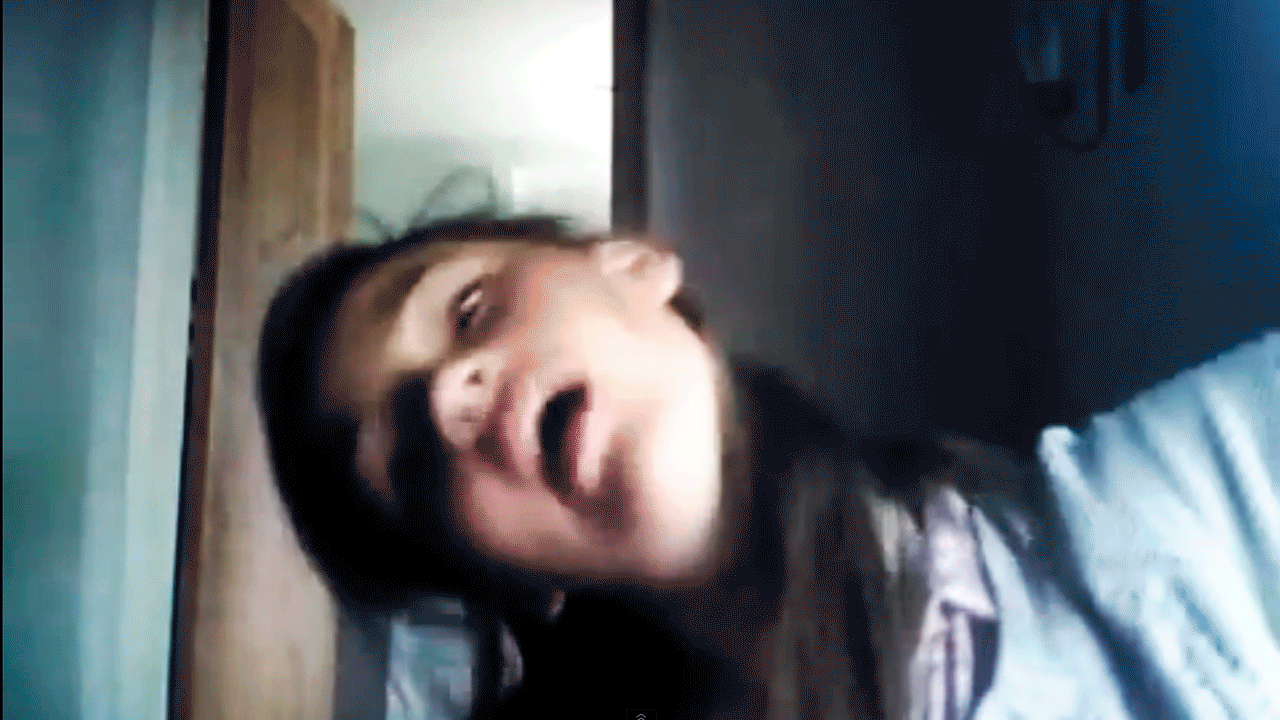
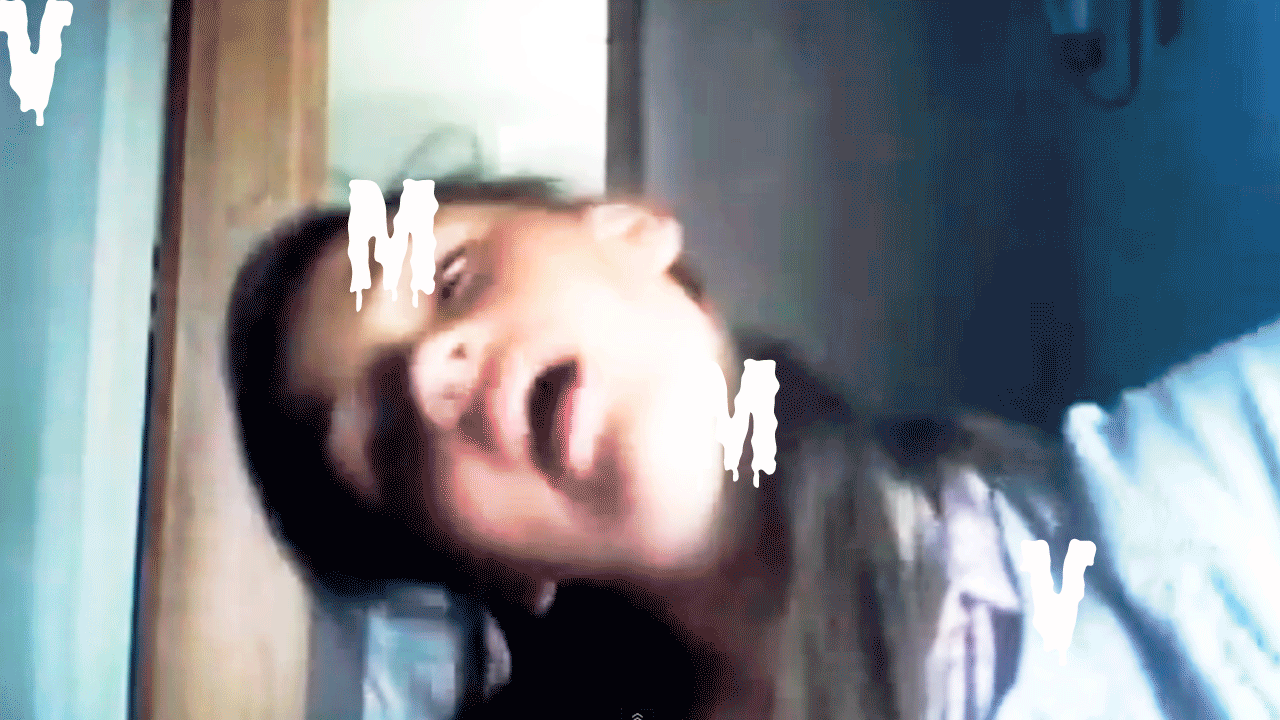
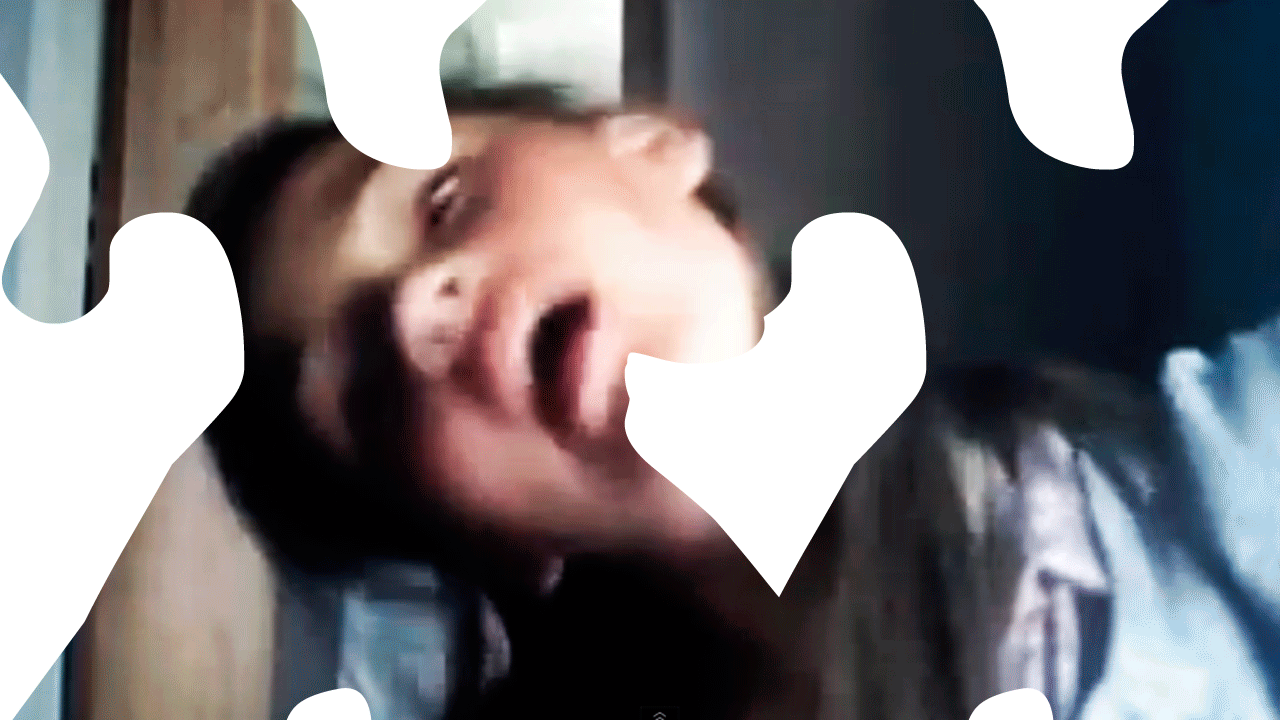
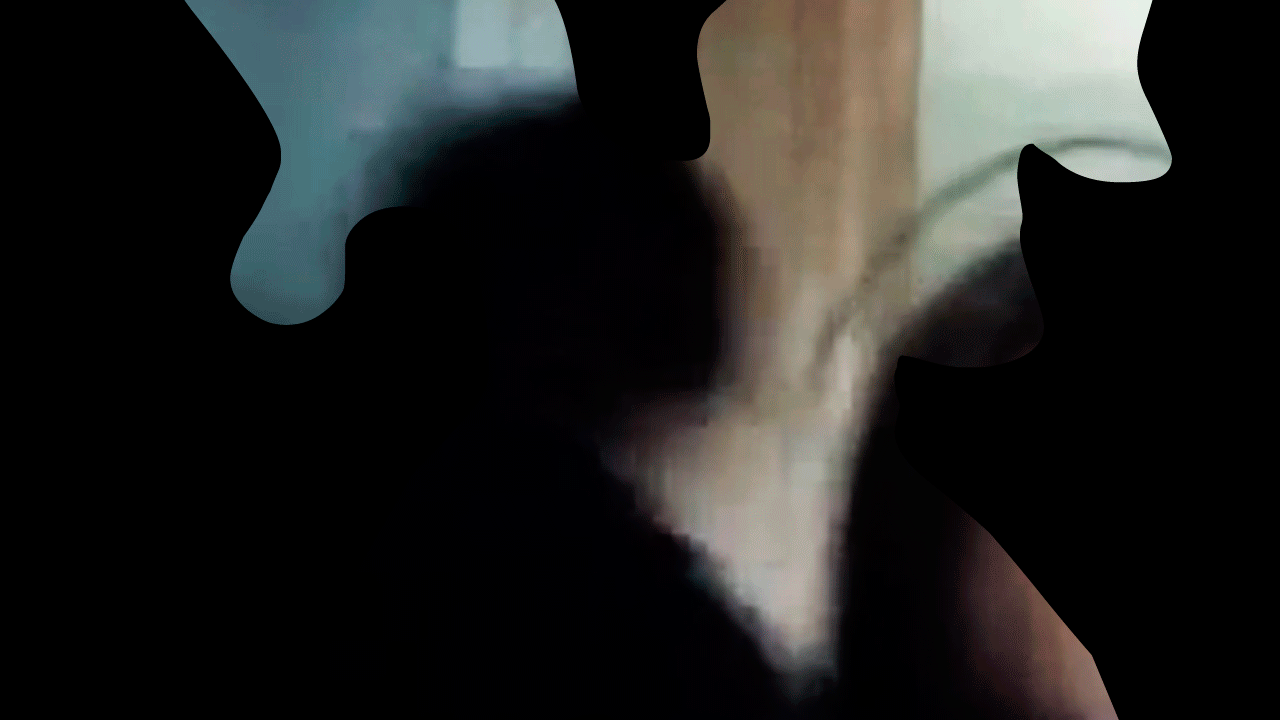
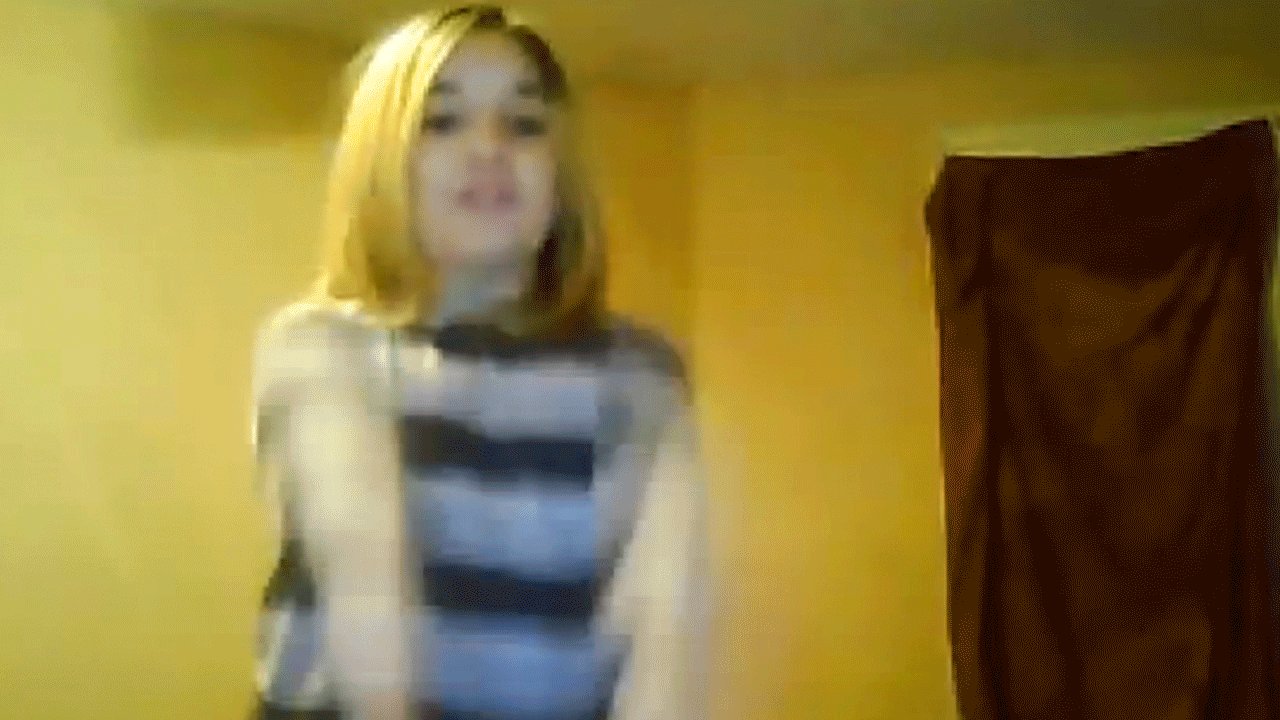
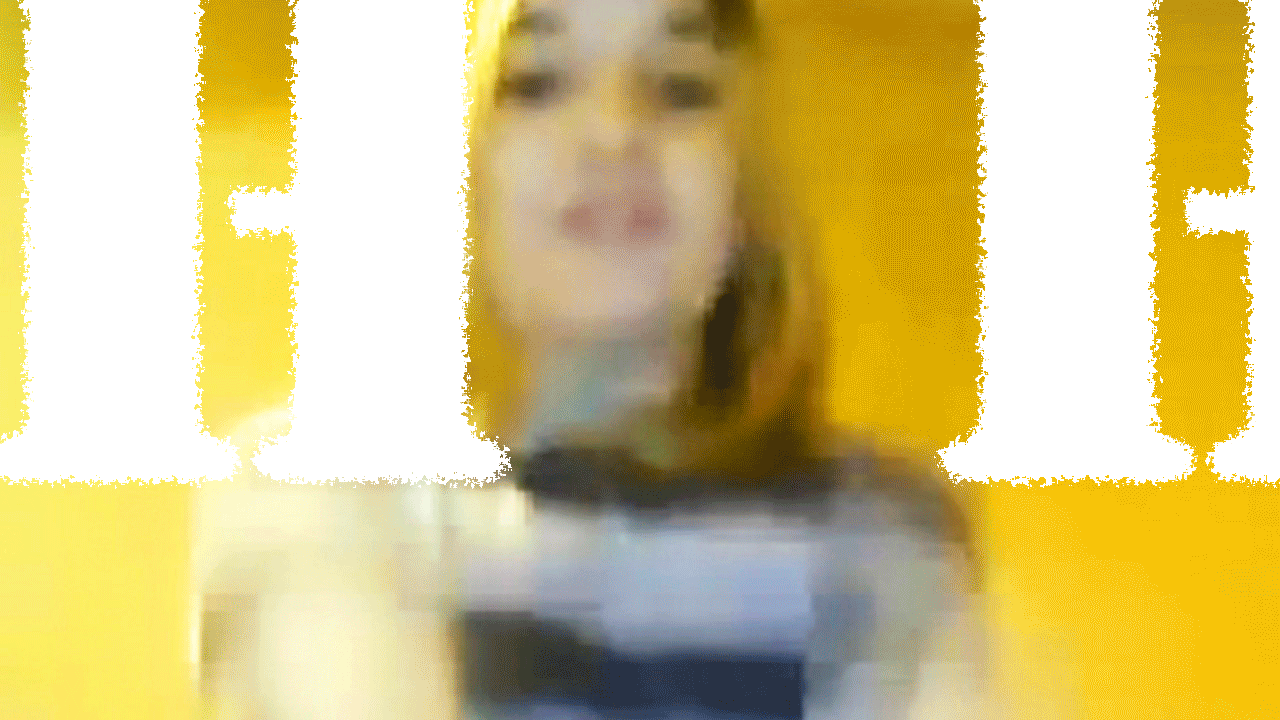
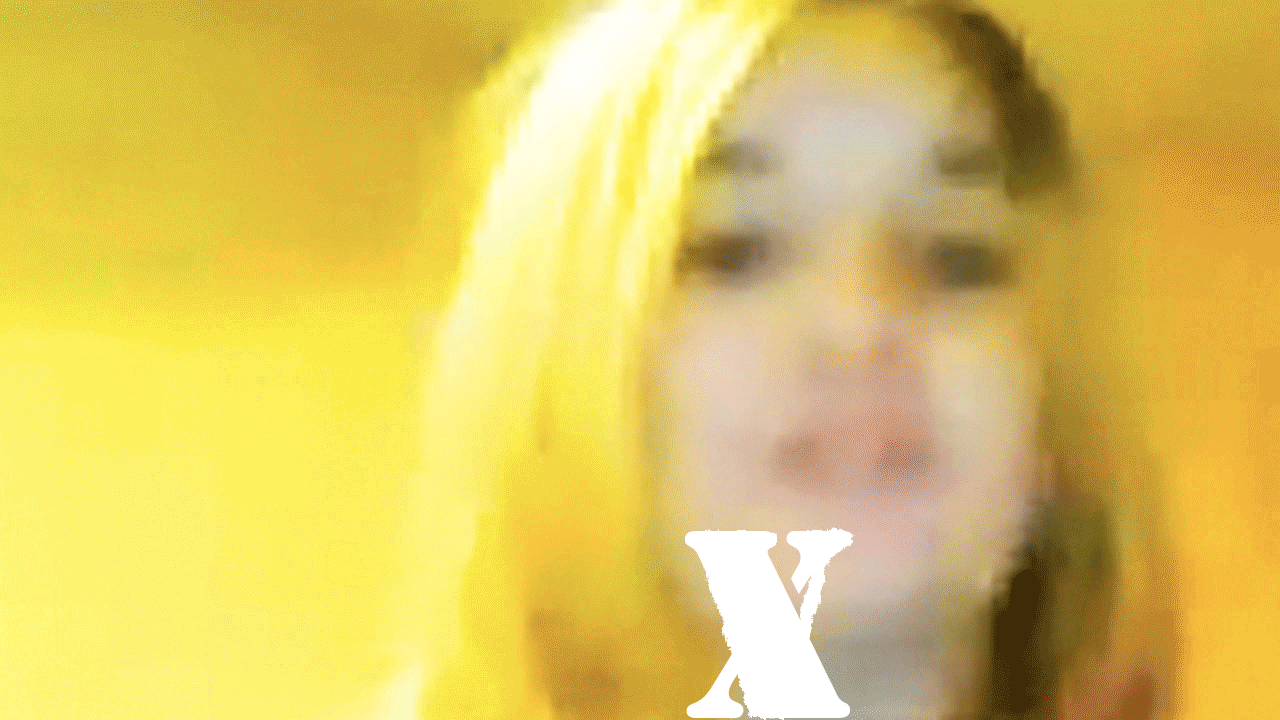


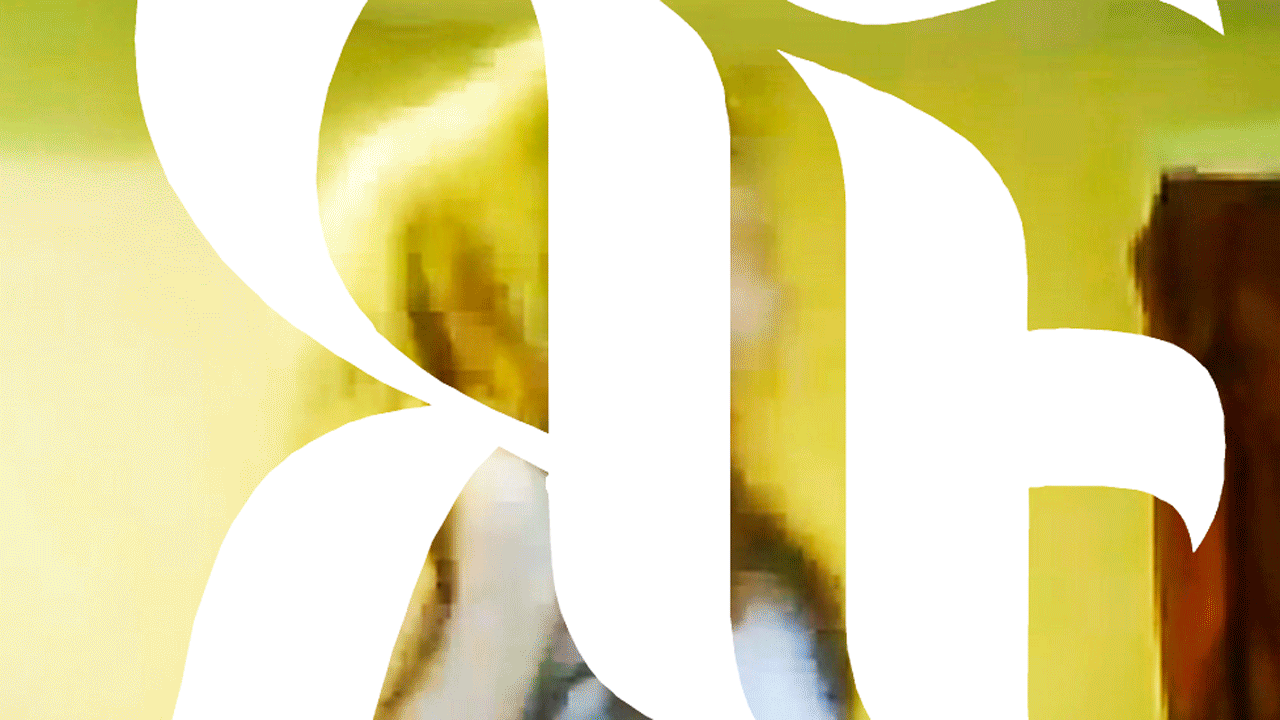

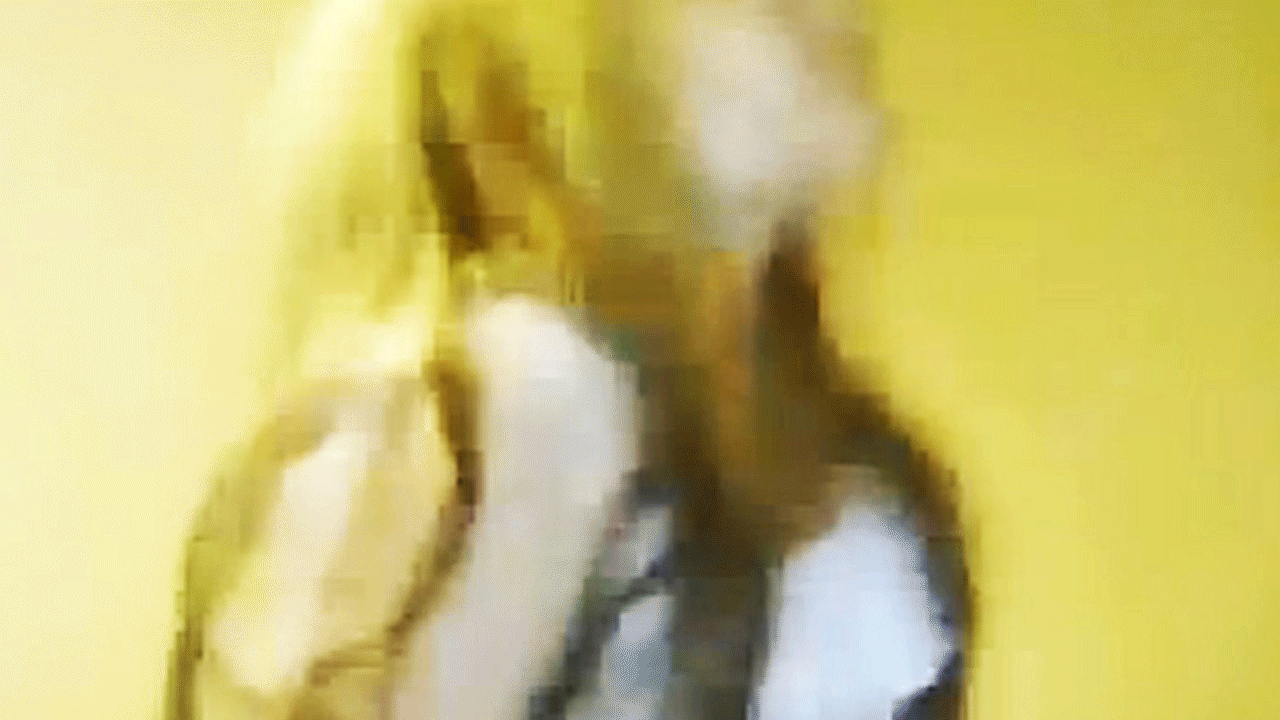
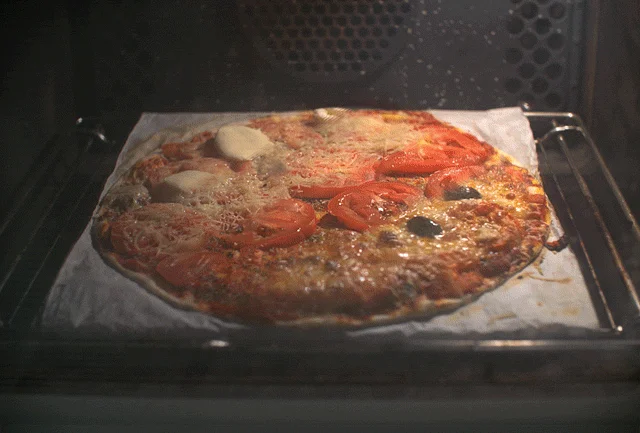

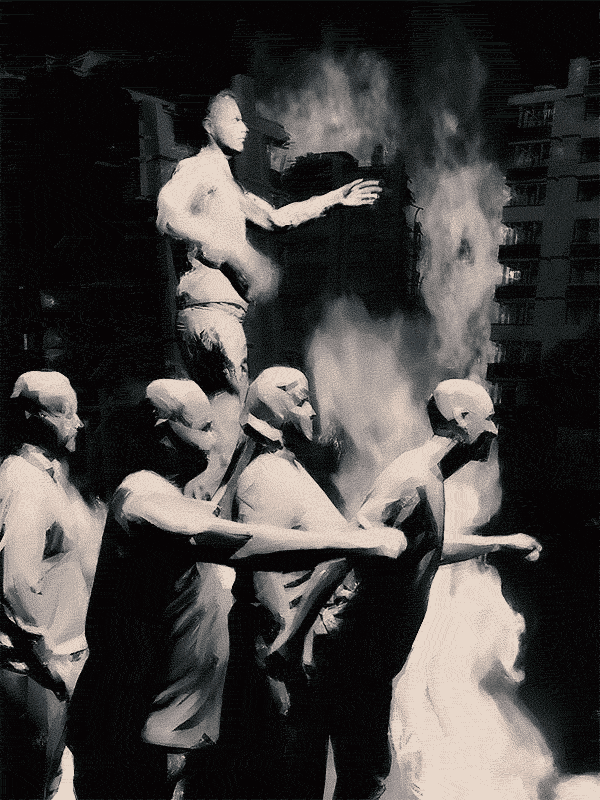

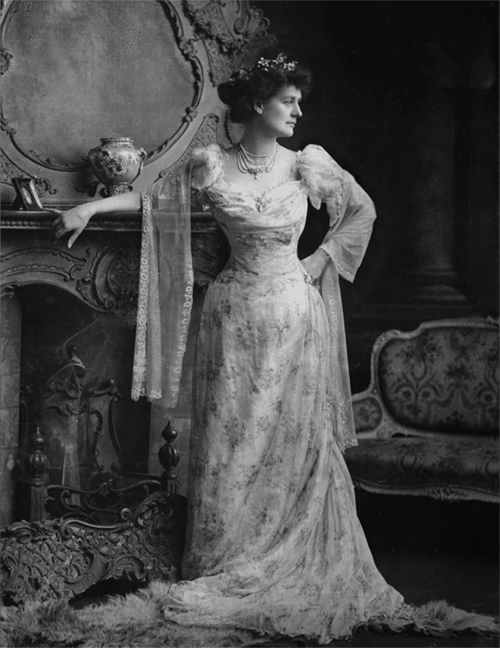
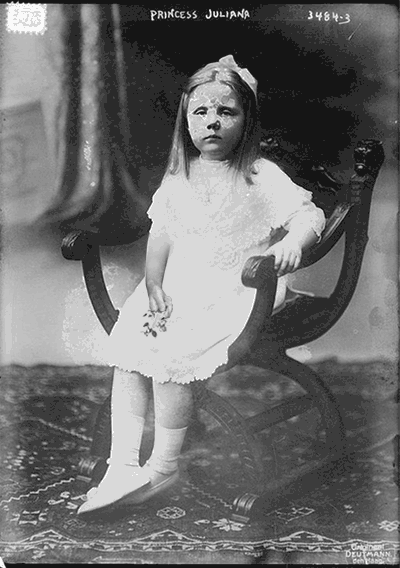
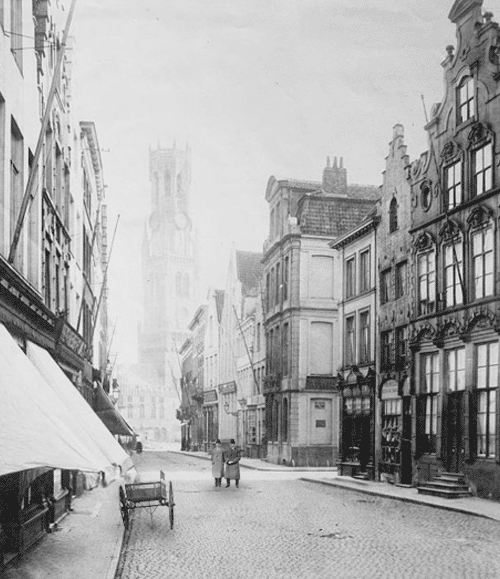





 Now available in North America
Now available in North America 